
Zane Silk
silkzane@grinnell.edu
When I walked into the Bucksbaum sculpture studio, Lydia James ’19 was sitting cross-legged on a table, her art spread out in a circle around her. As I looked at the bright watercolors and vivid prints, the textured sculptures and embroidered fabrics, I barely glanced at an unassuming pile of black sketchbooks that lay next to her knee. As James began to talk, the books took on more meaning: the humble sketchbooks are what brought her to art, and what sustains her creative process to this day.

“I started keeping a sketchbook when I went to London and Amsterdam with my parents when I was four and a half … I would draw pictures of things we saw that day… and then I would dictate to my mom, and my mom would write my captions for me,” reminisced James. “I have two to three bookshelves full of just these journals I’ve kept my entire life.”
Since that visit to Europe so many years ago, making art has been a process essential to James’ identity, and has nourished her soul in times of difficulty.
“[Art has] always sort of felt natural … I have relied on it for so many things my entire life. It’s comforting and healing to create things … journaling or drawing, making collages, painting, especially watercolors recently … have really been something that’s kind of meditative.”

As we spoke, the sunlight filtered in through the large windows, illuminating James’ wavy brown hair. The tips, which rest on her shoulders, are dyed a mix of blues and purples. The cool colors mirrored James’ poise as she shared her experiences with depression and anxiety and the joy and resilience that has kept her creating. Soon, James will be sharing these moments, documented in her many sketchbooks, with a book of her work. Published by Press, the book will explore the progression of both her mental health and artistic abilities over time.
“It’s really revealing to look back at old journals, from when I was super depressed, versus very happy and stable because … my art is so different at different points,” James said. “Being in a much better place right now, versus when I was really struggling in first year, it’s humbling and empowering to see how far I’ve come.”
One can feel a strong drive to create in James, evidenced both by the intensity with which she speaks and by the art which surrounds her. Last year, as she struggled with depression, she filled three 300-page sketchbooks full of art over the course of seven months. Though she is now preparing to present parts of those sketchbooks publicly, for James, art has always been an intensely personal endeavor.
“I have always made art for myself first, and then if I decide to share it … it also becomes for other people, but most of the work that I’ve done has been in these journals, that are very personal” she said.
And James has found power in the personal, using her work to connect personal experience with broader themes of marginalization and injustice. Using lace and fabric stiffener, she created a sculpture in the shape of a baseball bat and ball. Juxtaposing floral fabrics with a symbol of masculinity, it comments on the troubled relationship between art history and the marginalization of women.

“I was thinking a lot about how textile arts- embroidery, knitting, weaving, sewing, all those sort of things that have been in the domestic sphere, have always been written off as crafts, because they were traditionally done by women. It wouldn’t be considered fine art, because it wasn’t being done by men and it wasn’t like, oil painting,” she said.

As we spoke, I noticed a patch pinned to James’ backpack, a small “DIVEST” banner that James created herself, similar to the much larger version displayed over Gates Tower earlier this month. In fact, James co-created the banner as a part of Grinnell College Student Action’s ongoing campaign calling for the College to divest from fossil fuels. For her, the recent banner-making trend that has swept campus has not only allowed for large scale activism, but also large scale creative collaboration.
“It was right after the election, and I probably don’t have to mention the mood of this campus around the time, but it was not great … and [Professor] Lee Running, [Studio Art & Art History] organized this sew-in of this banner that was going to Standing Rock,” James recalls. “To just sit in the sun on the commencement stage… talking with friends, or just being really quiet and sewing- it was very meditative and it was very healing in that time when a lot of people were hurting… there was so much love sewn into that [banner], and then also I was one of the people that went to standing rock on that first trip and presented it at the sacred fire to the elders … that was just so powerful.”
As we prepared to leave the sculpture studio, James put a tiny watercolor paint set into her backpack: four paintbrushes and 20 or so pencils that she carries to harness her creative drive in spare moments wherever she goes.

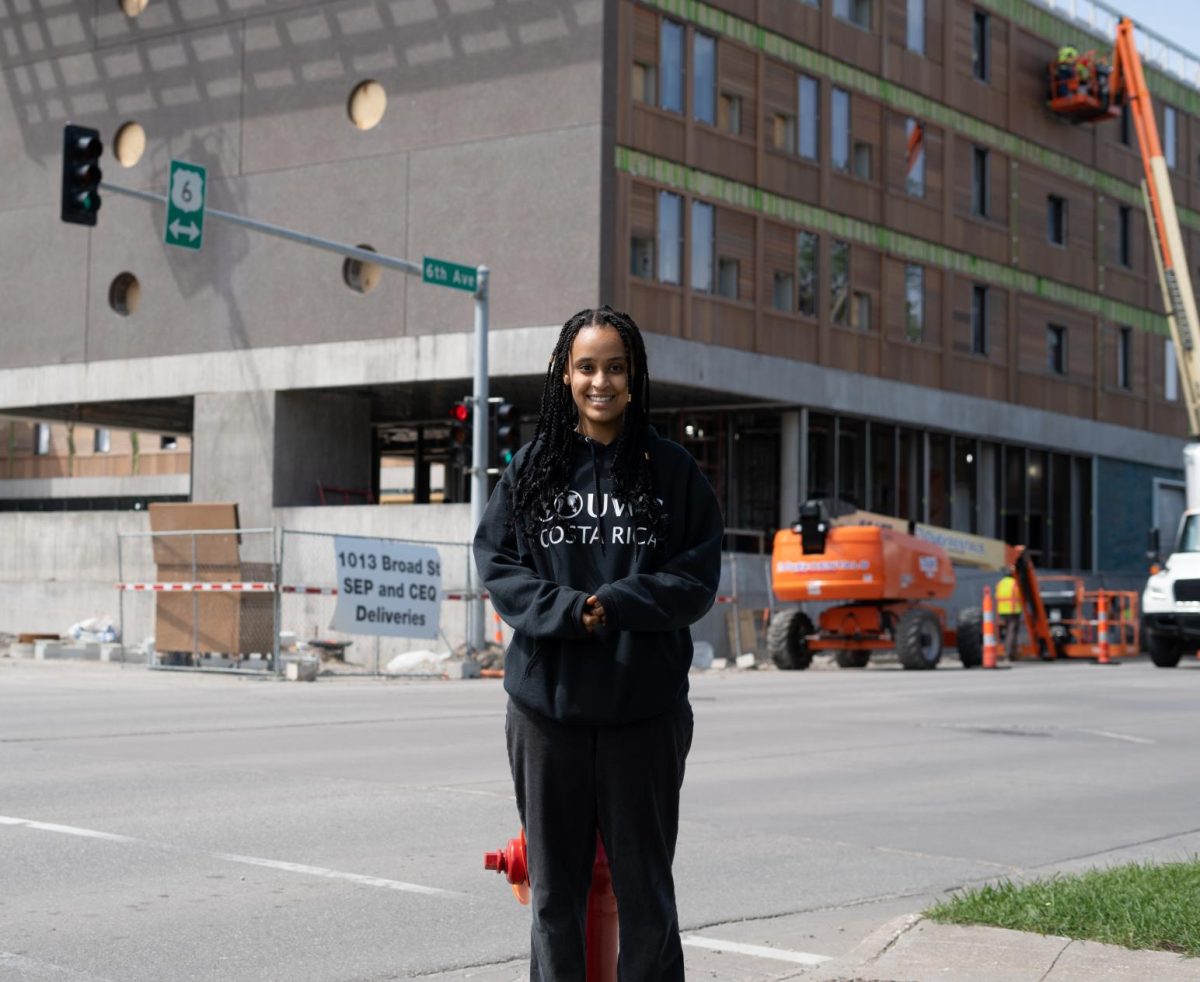
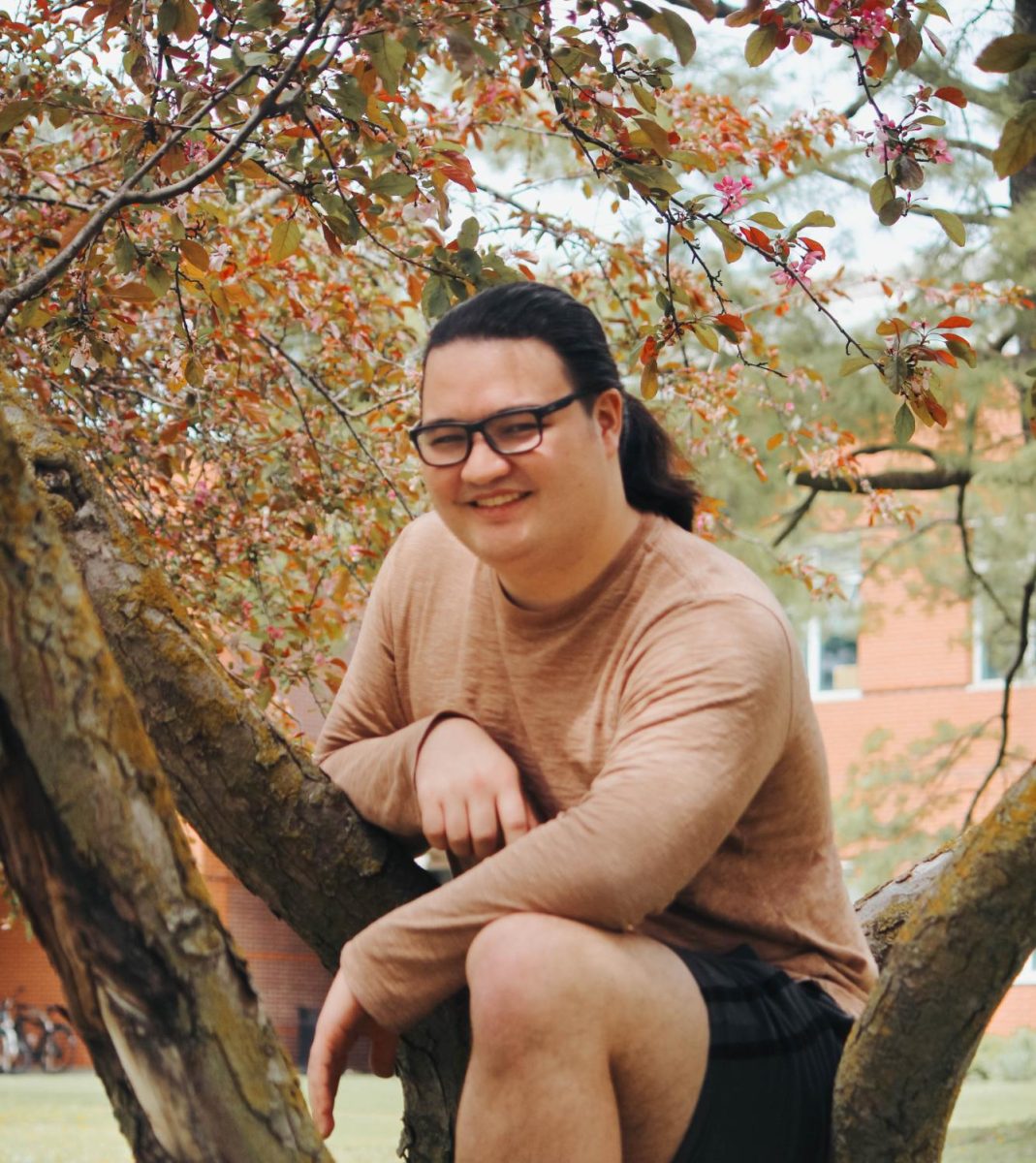
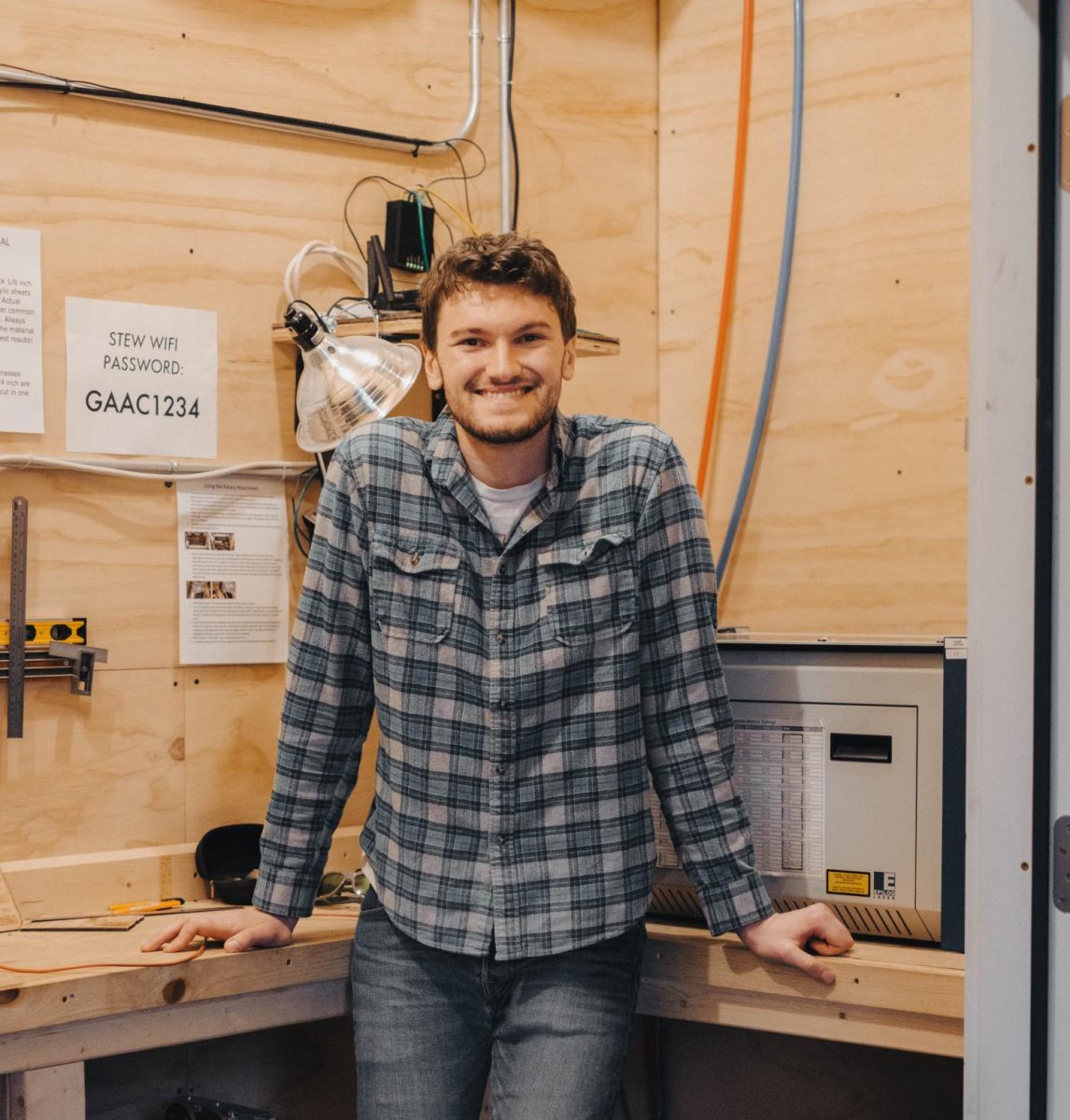

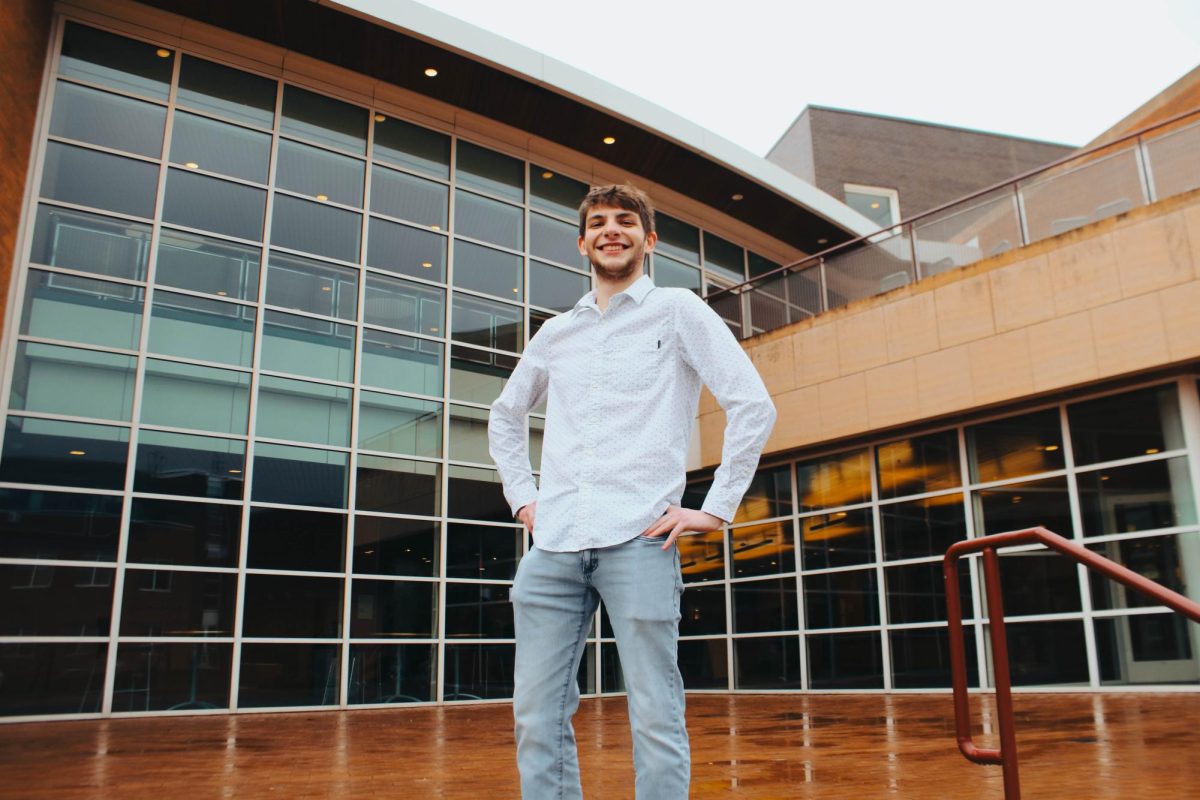
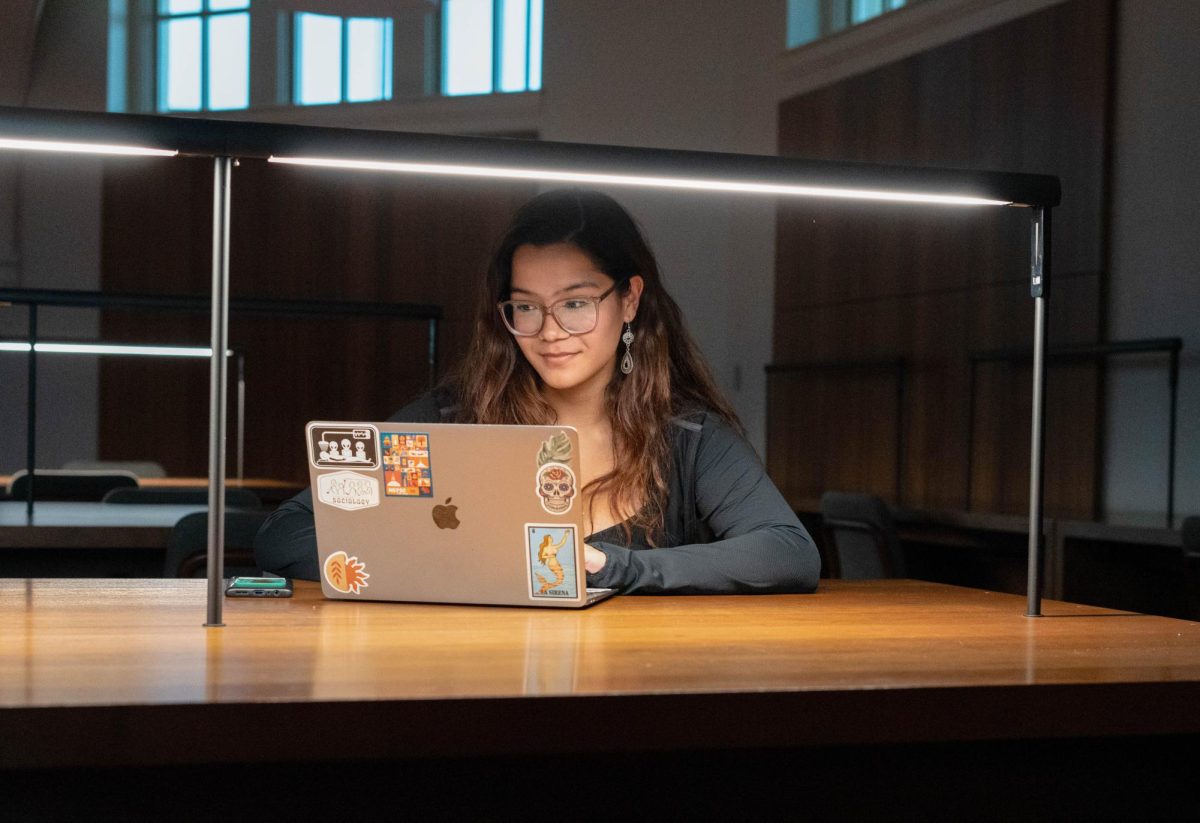
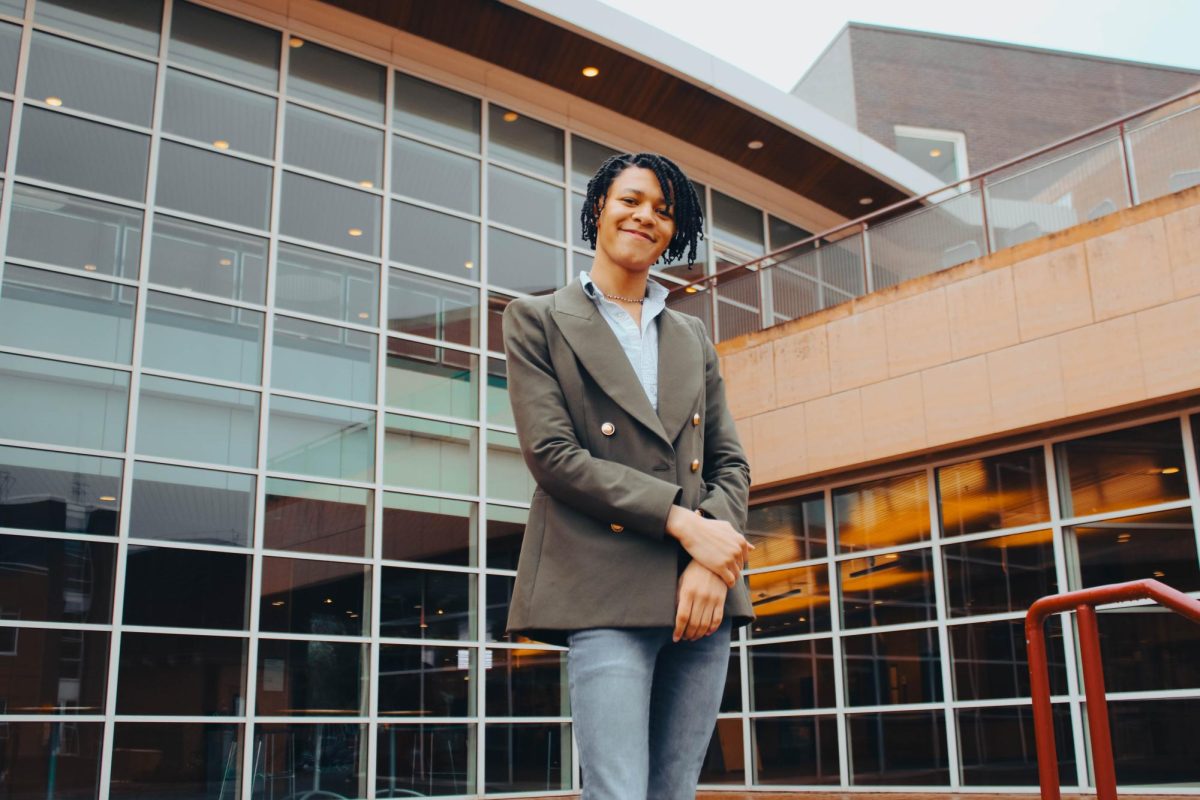
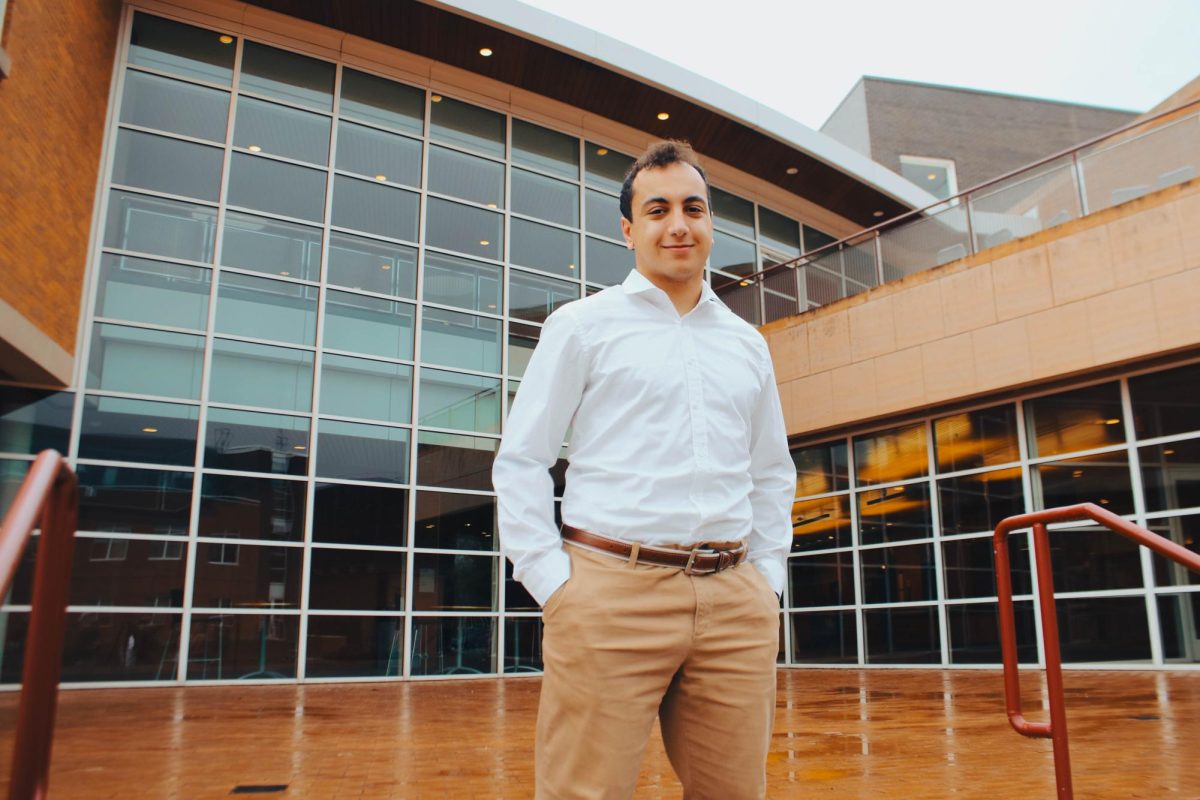
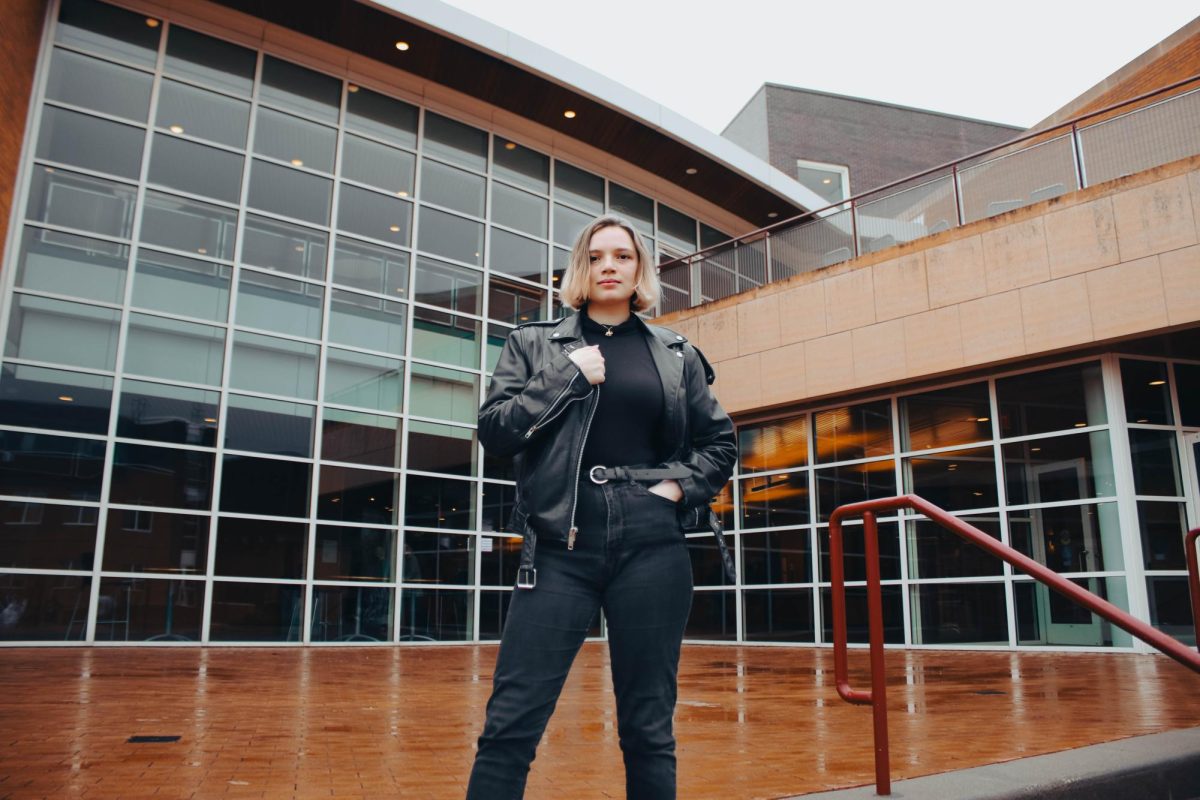


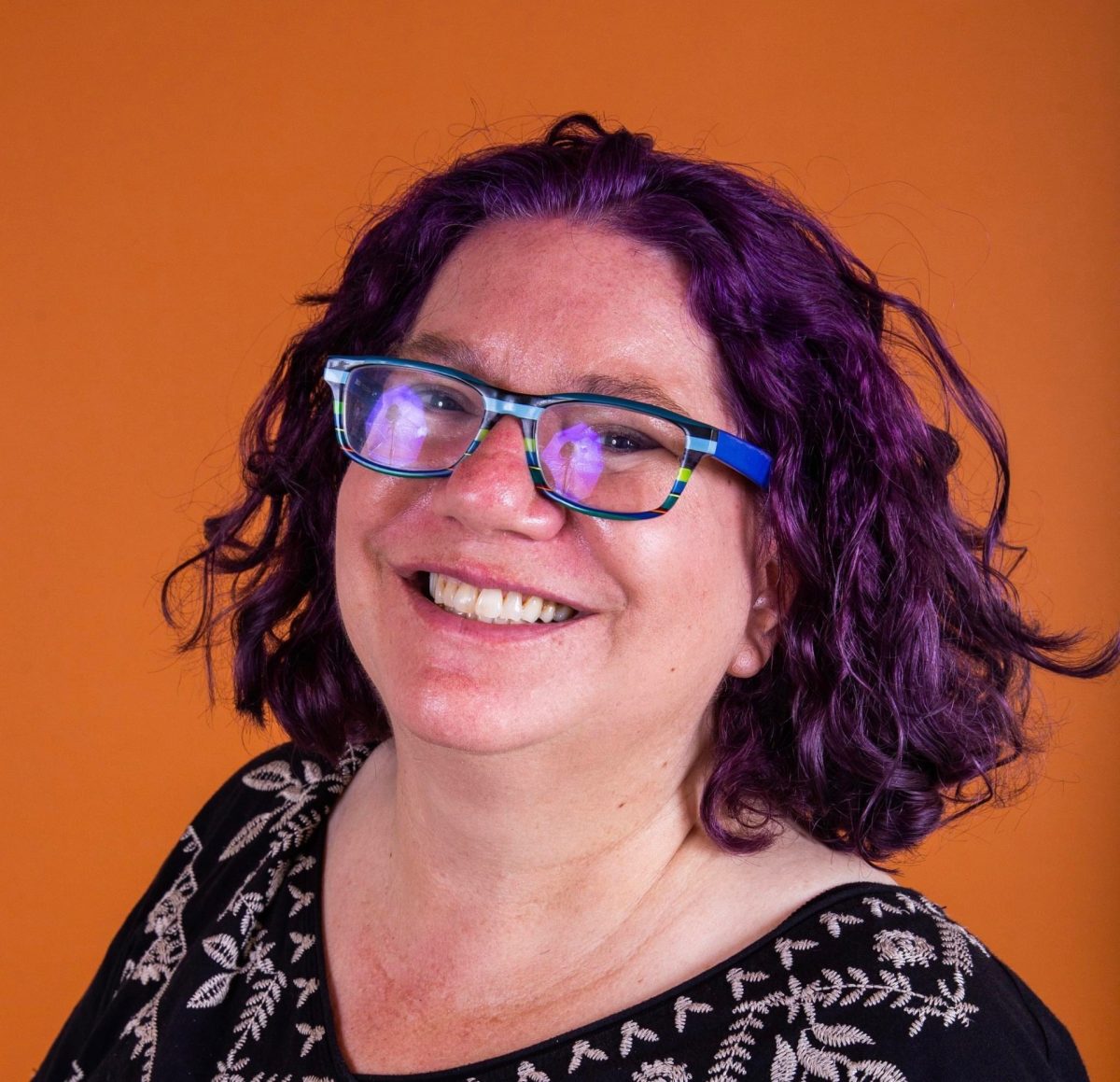
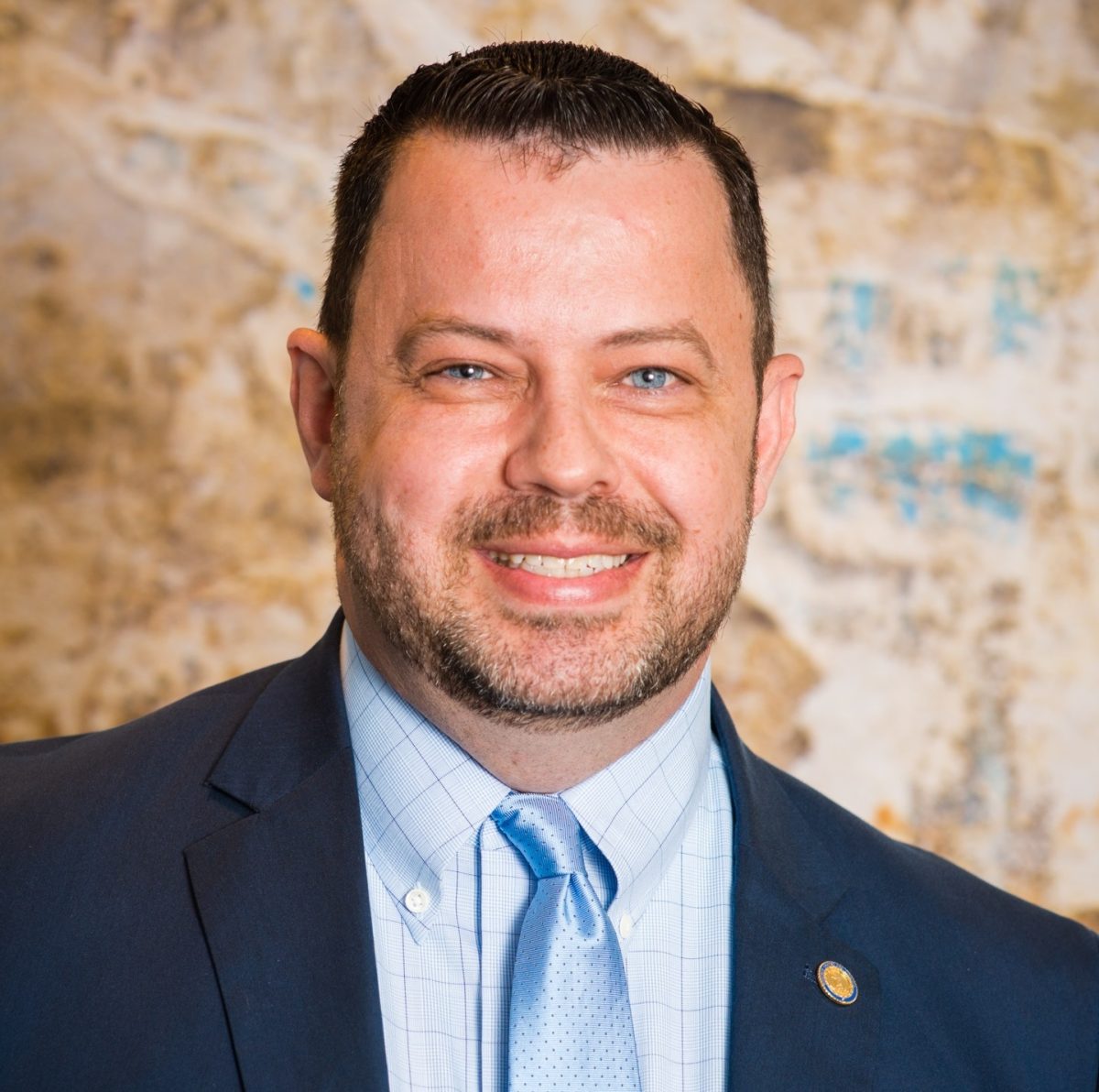
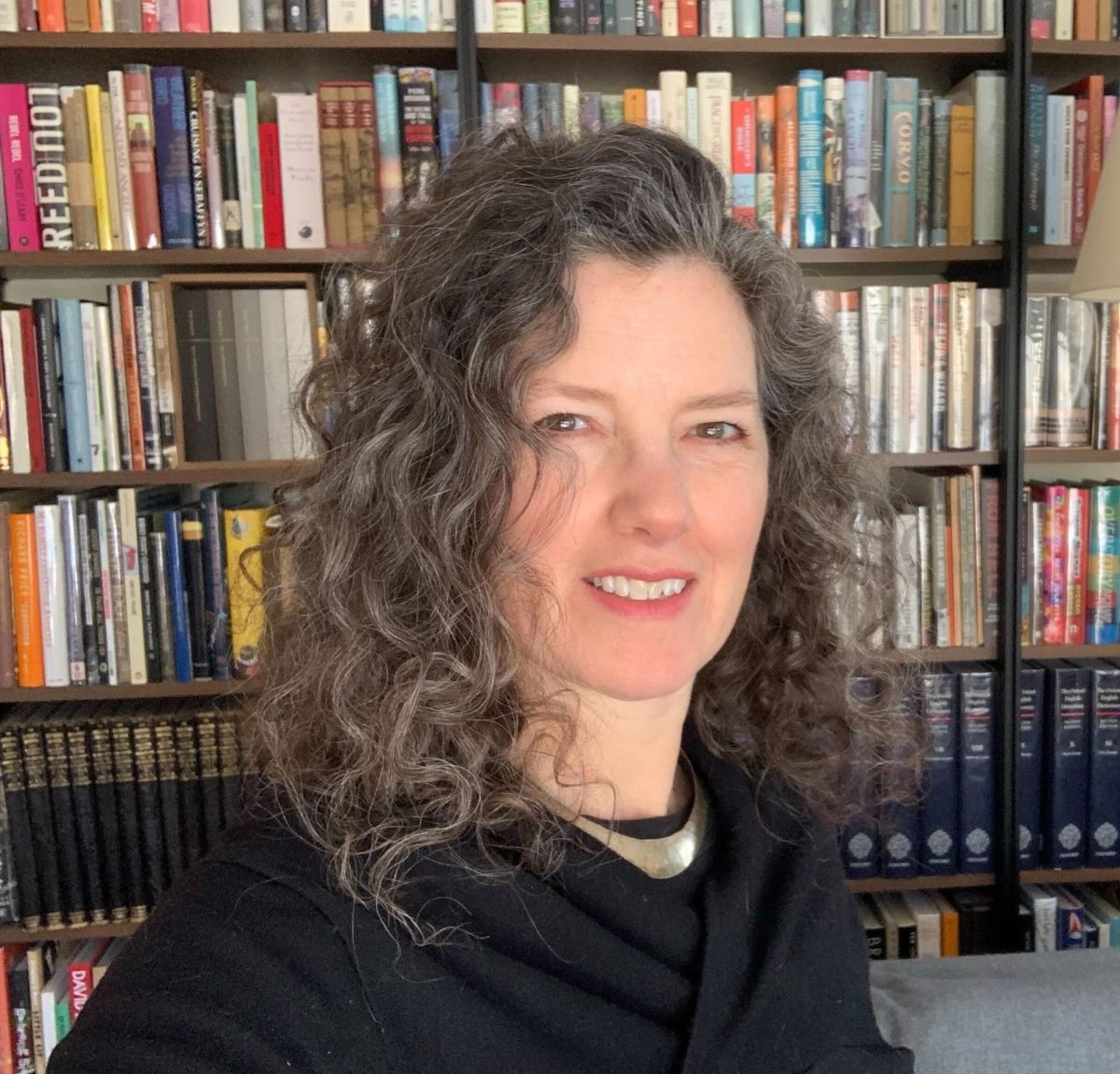
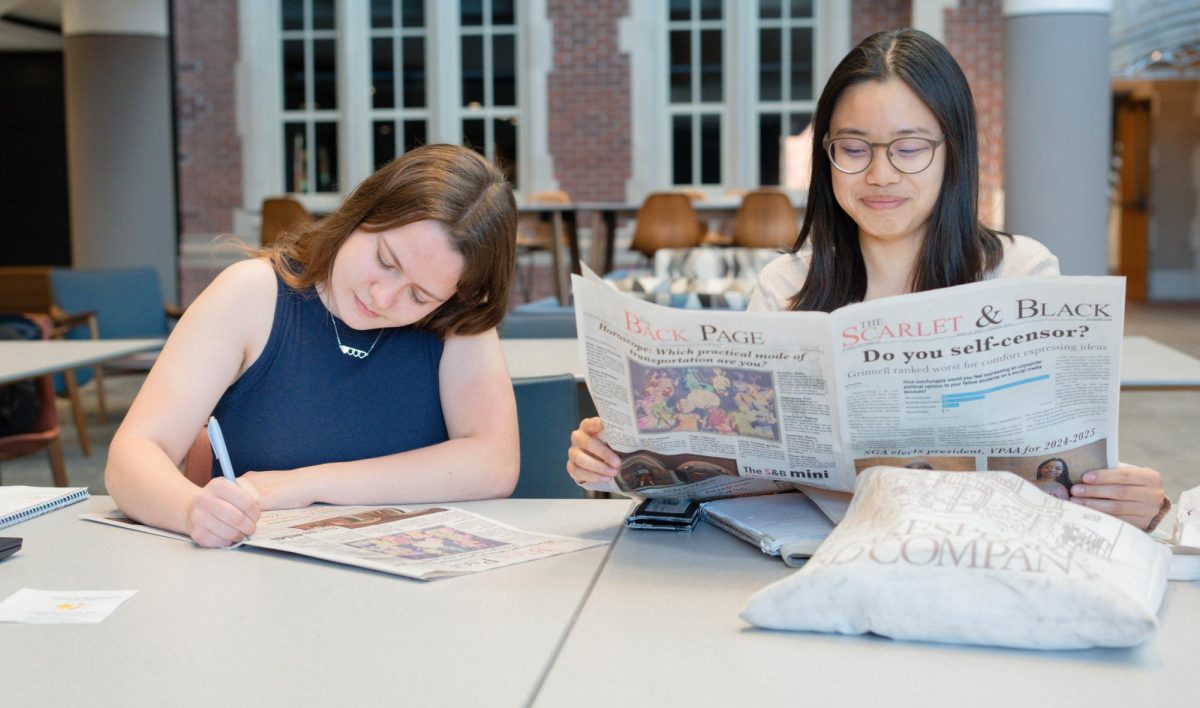
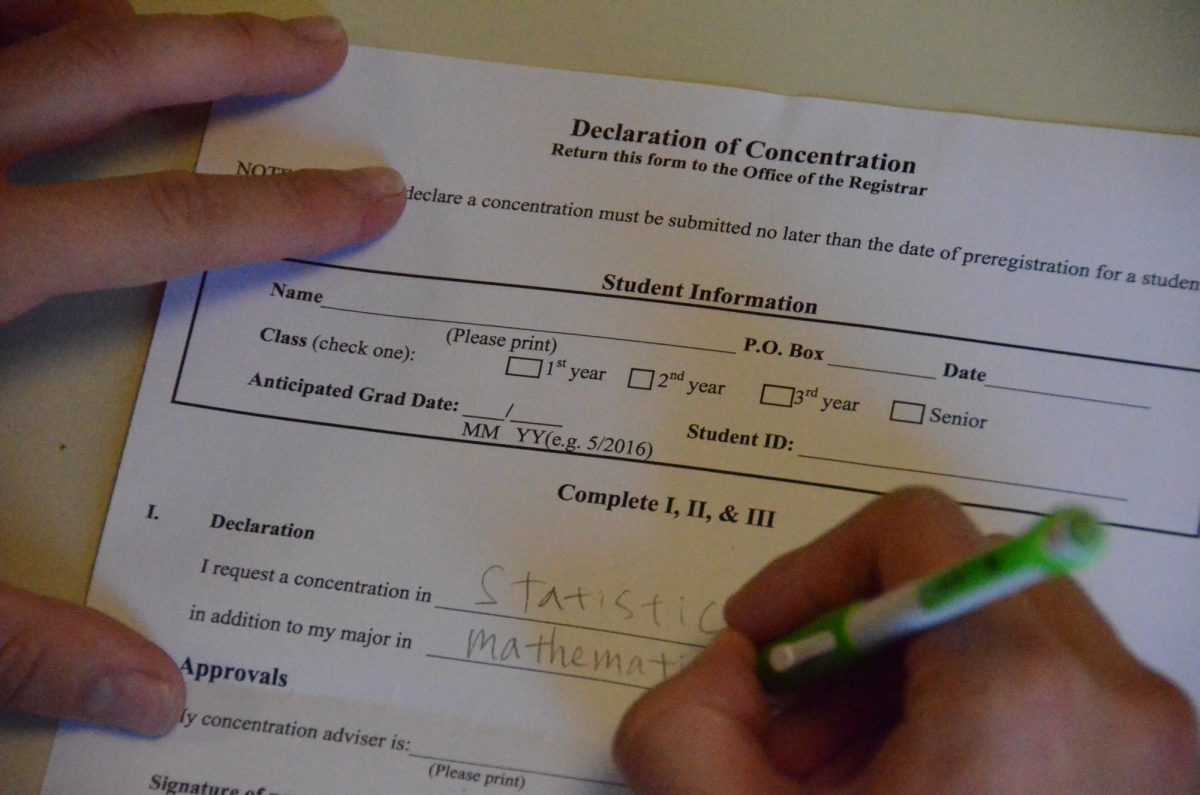

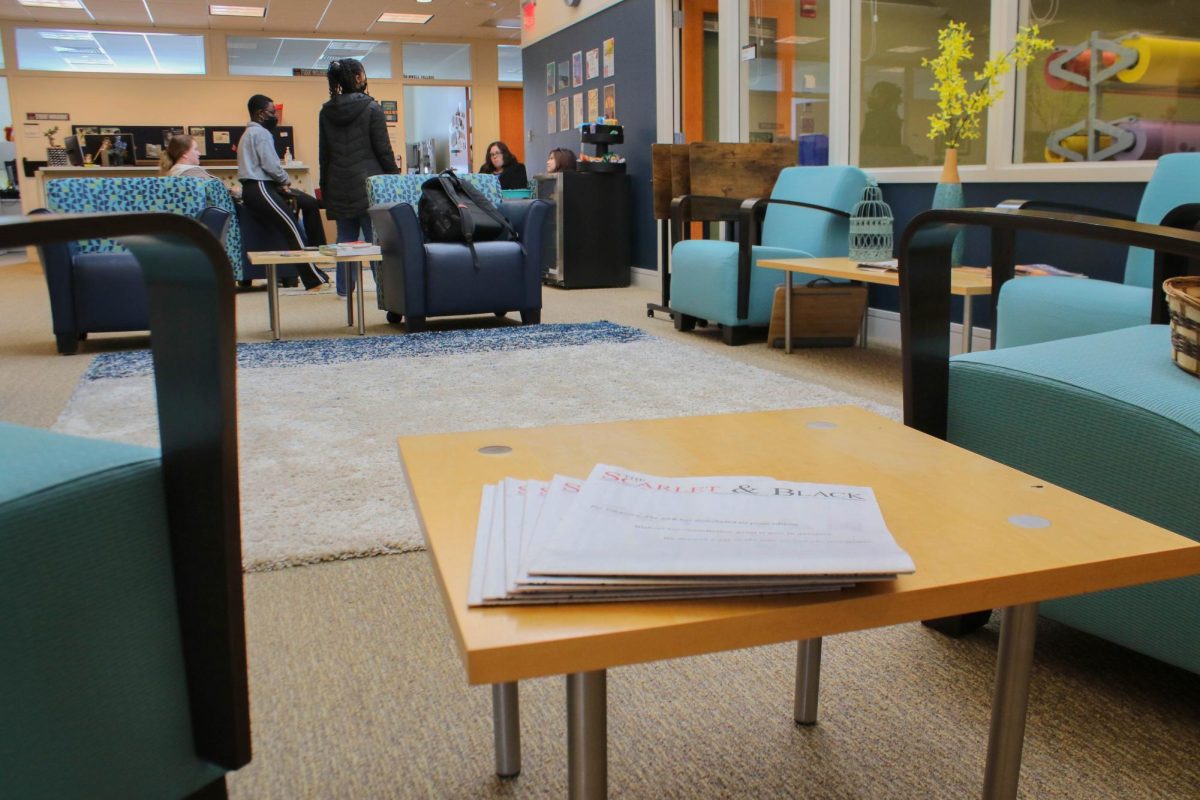

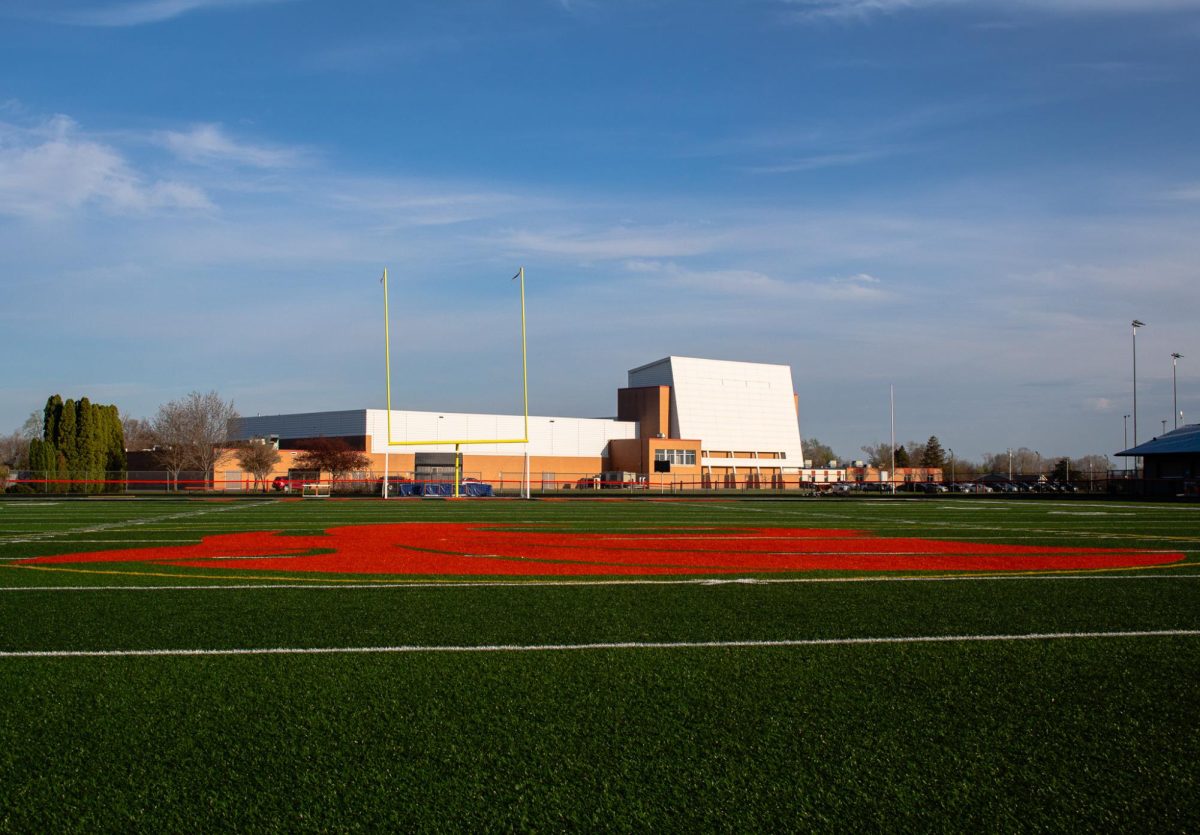

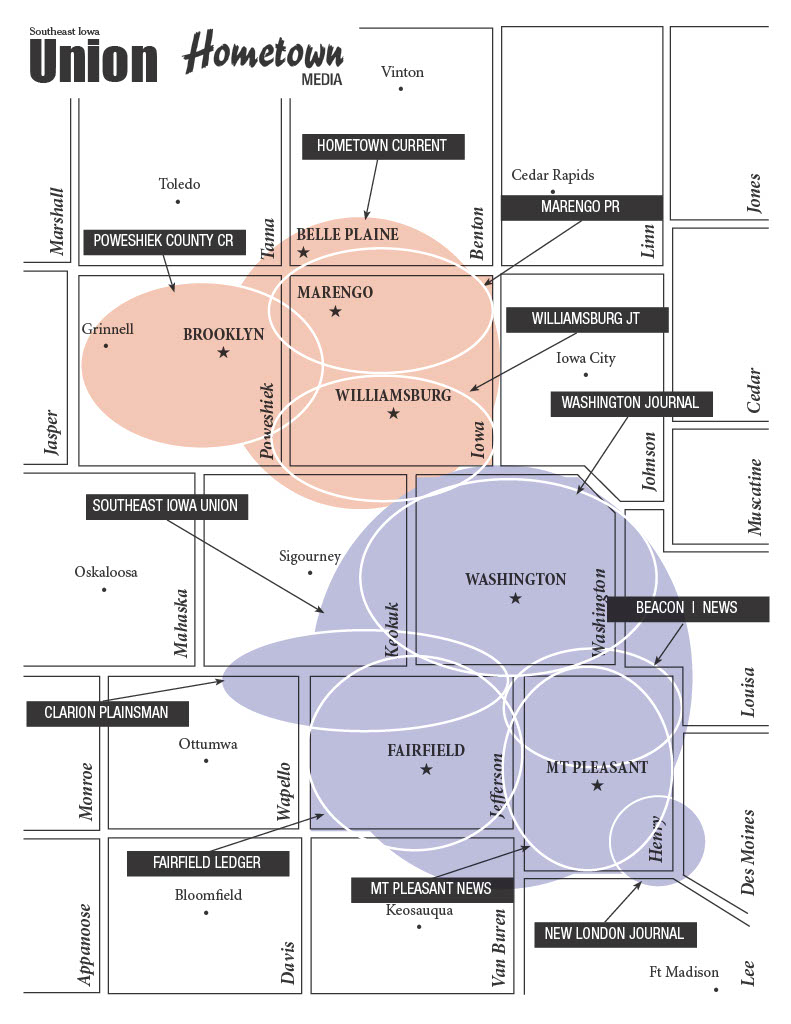
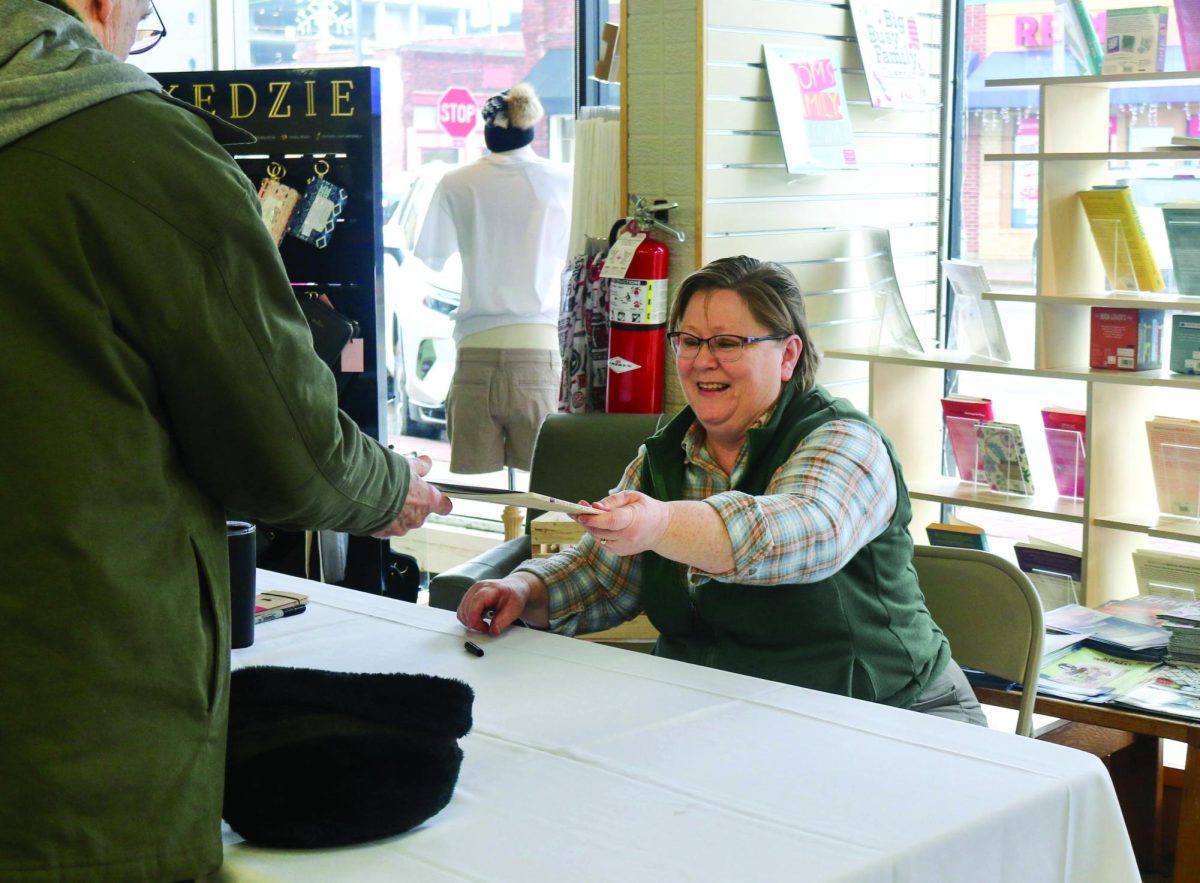
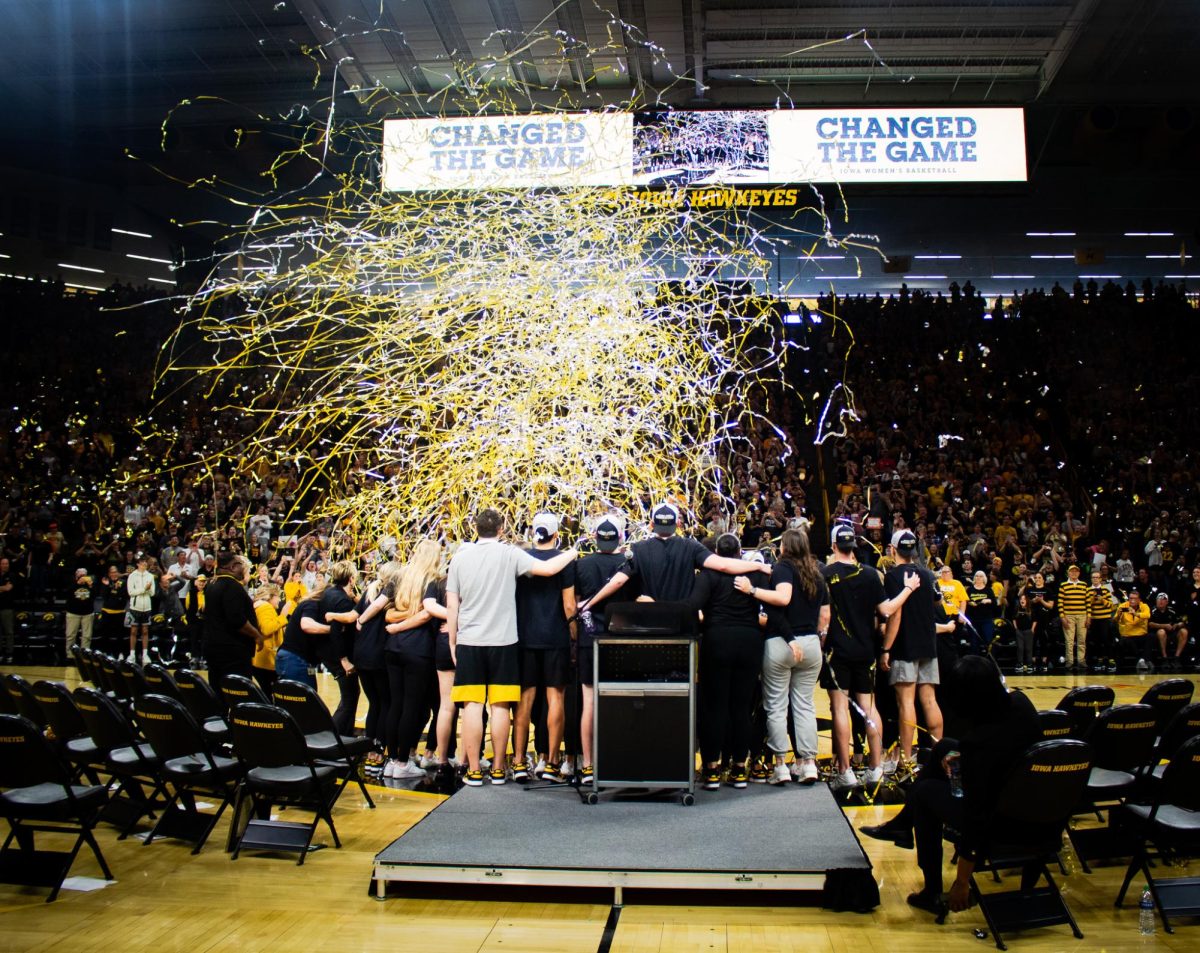
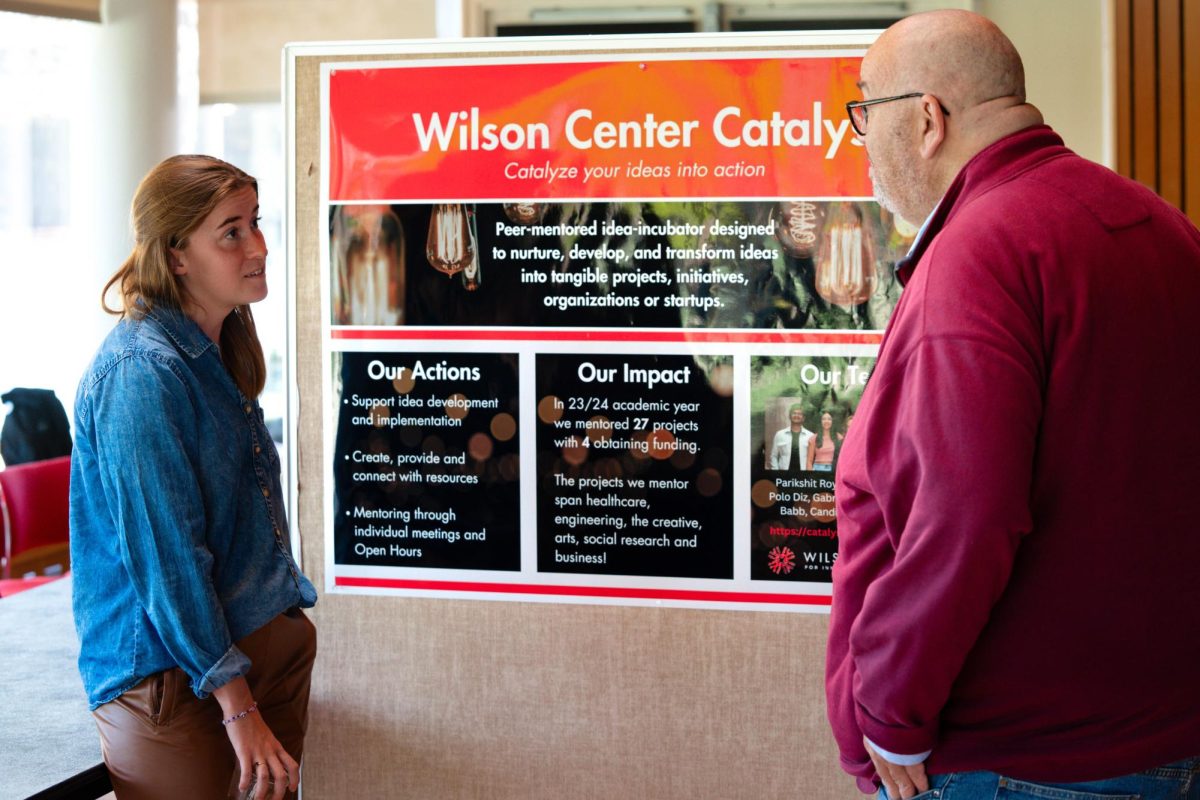
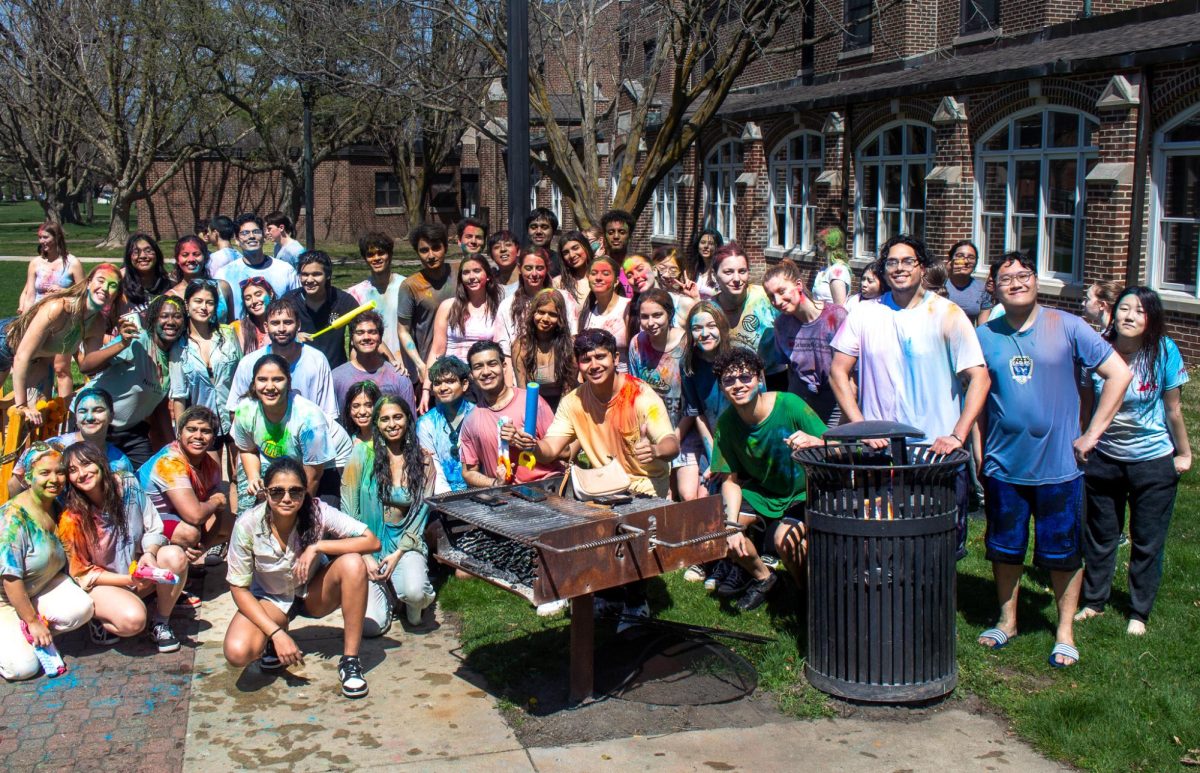

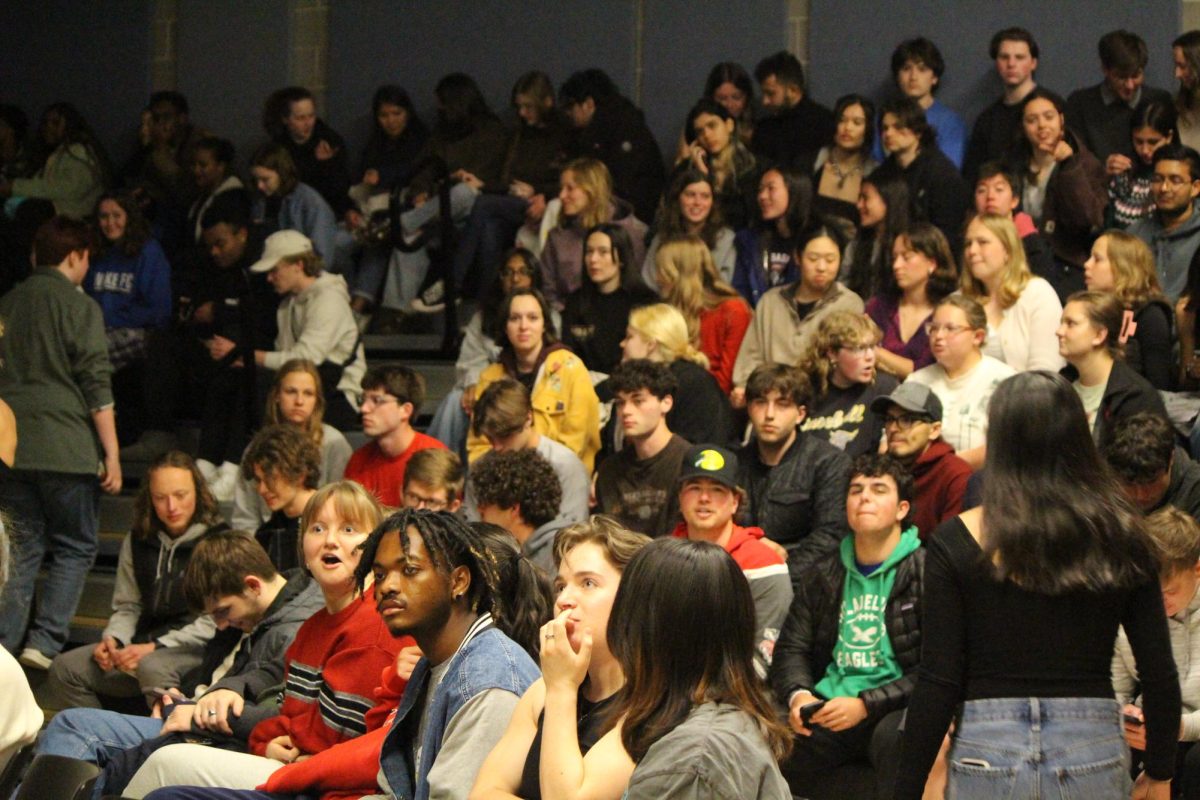
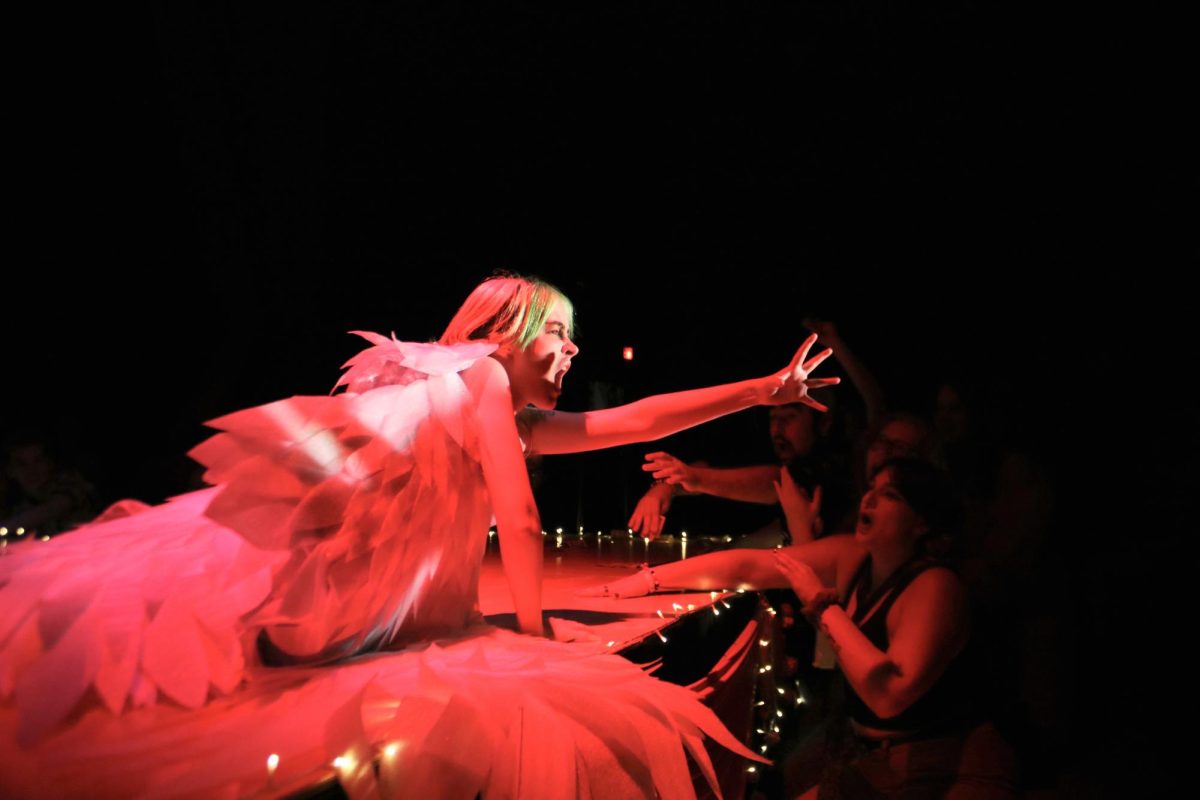
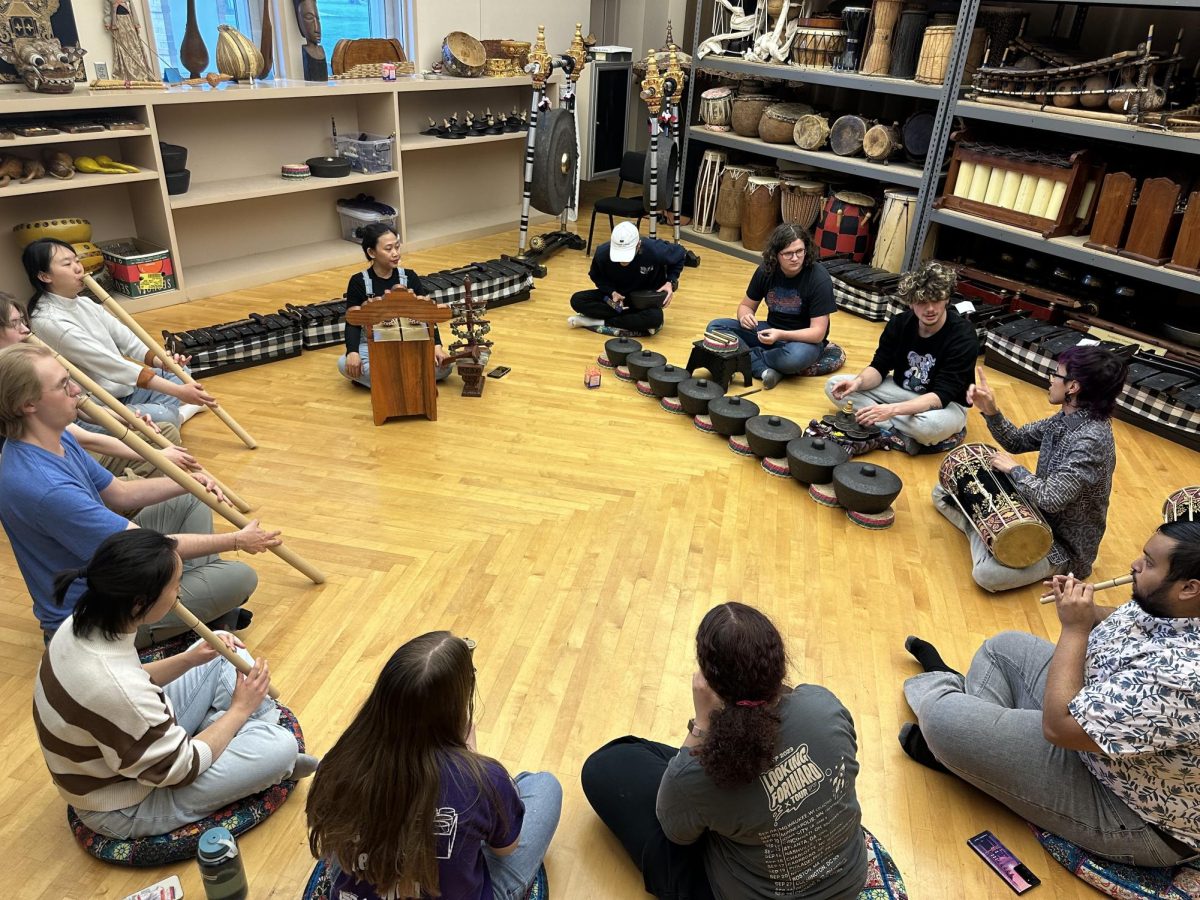
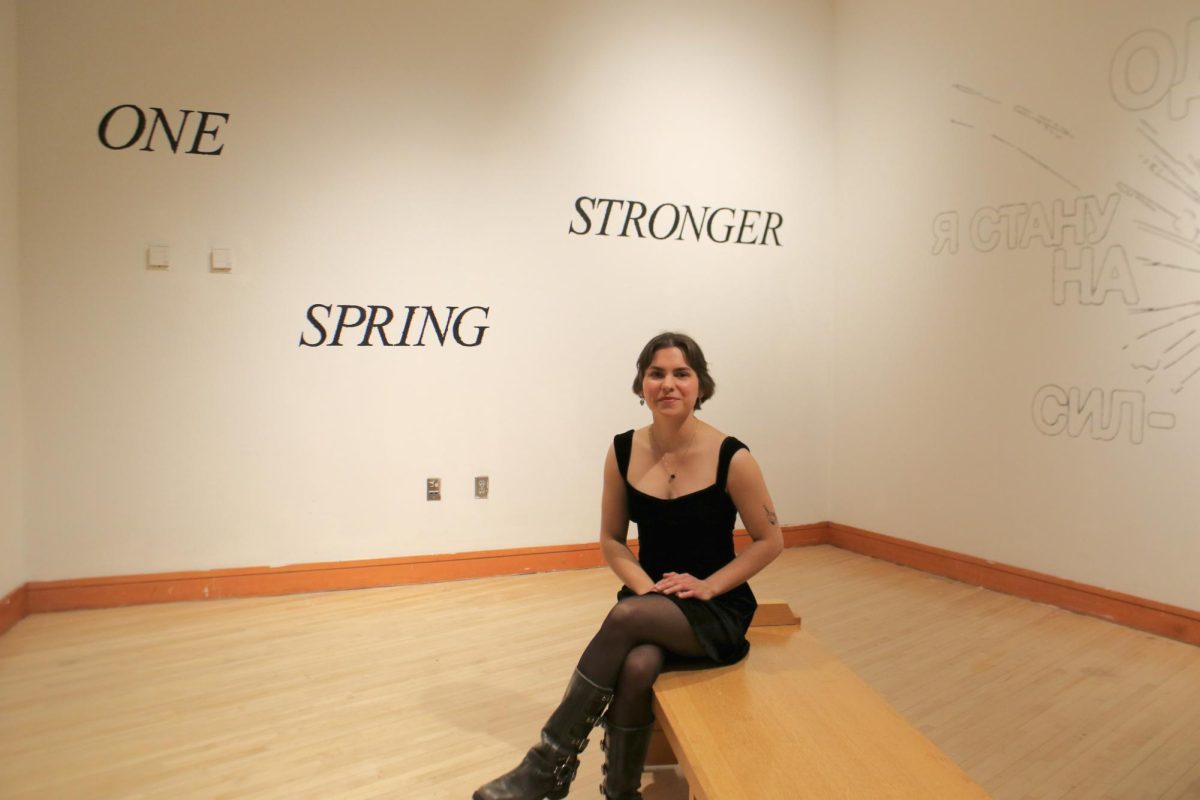
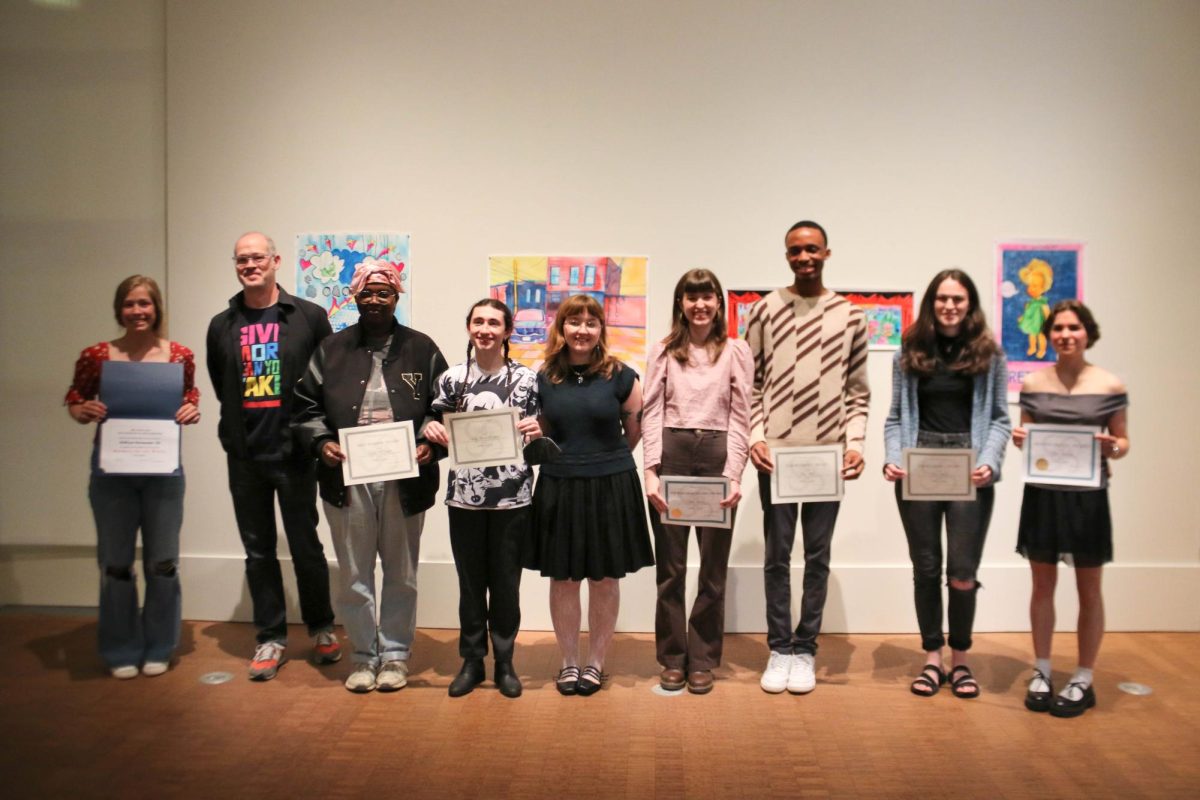

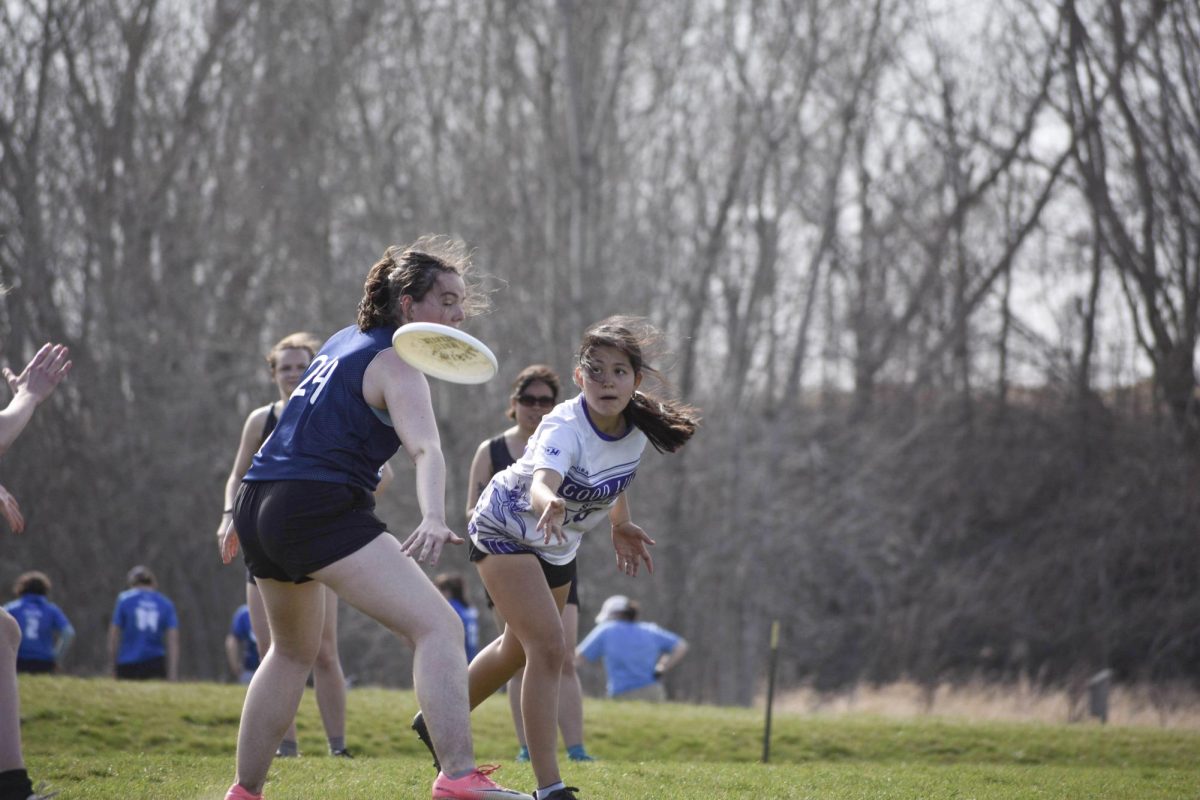
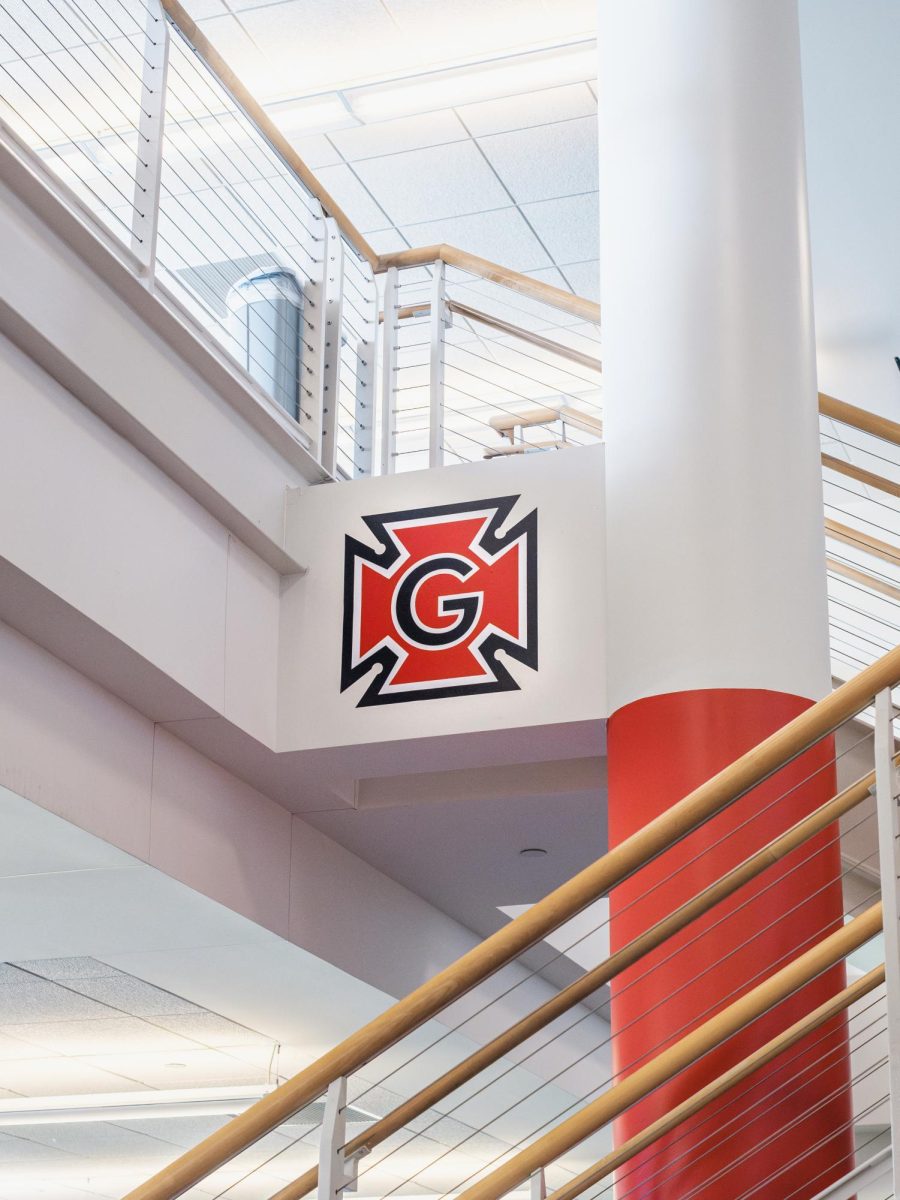

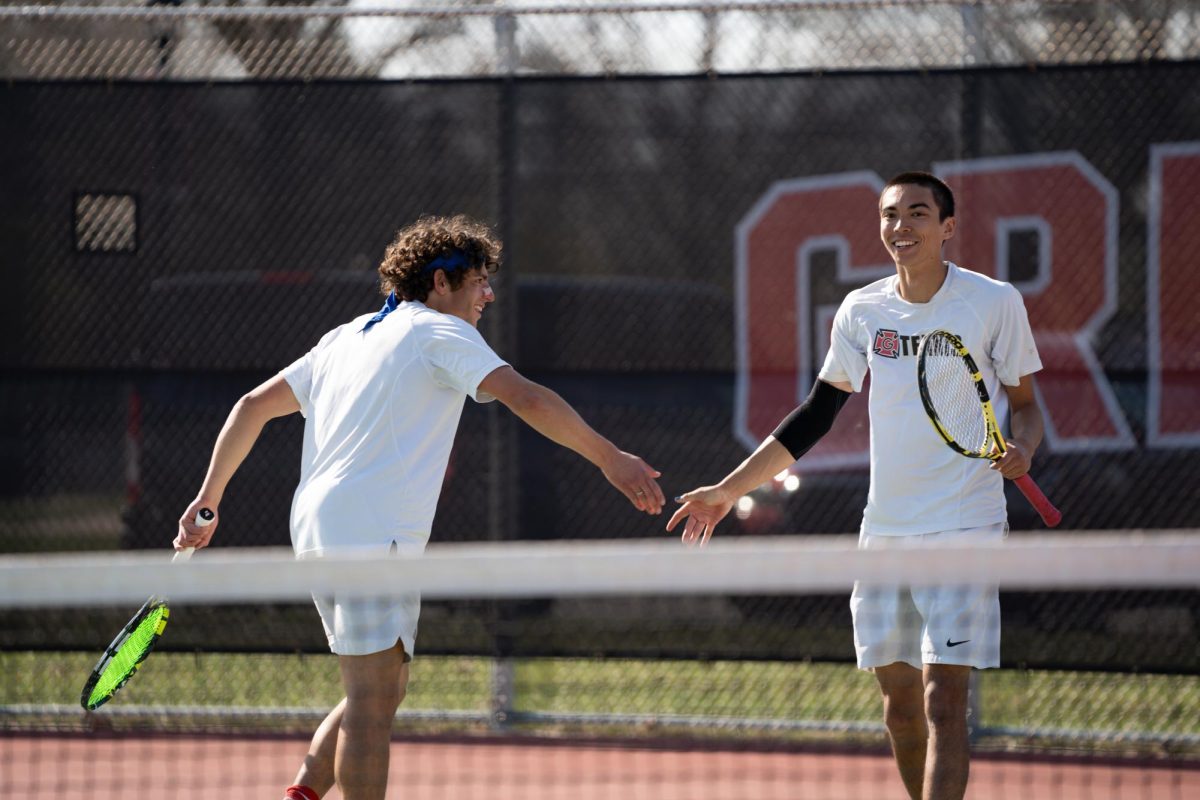
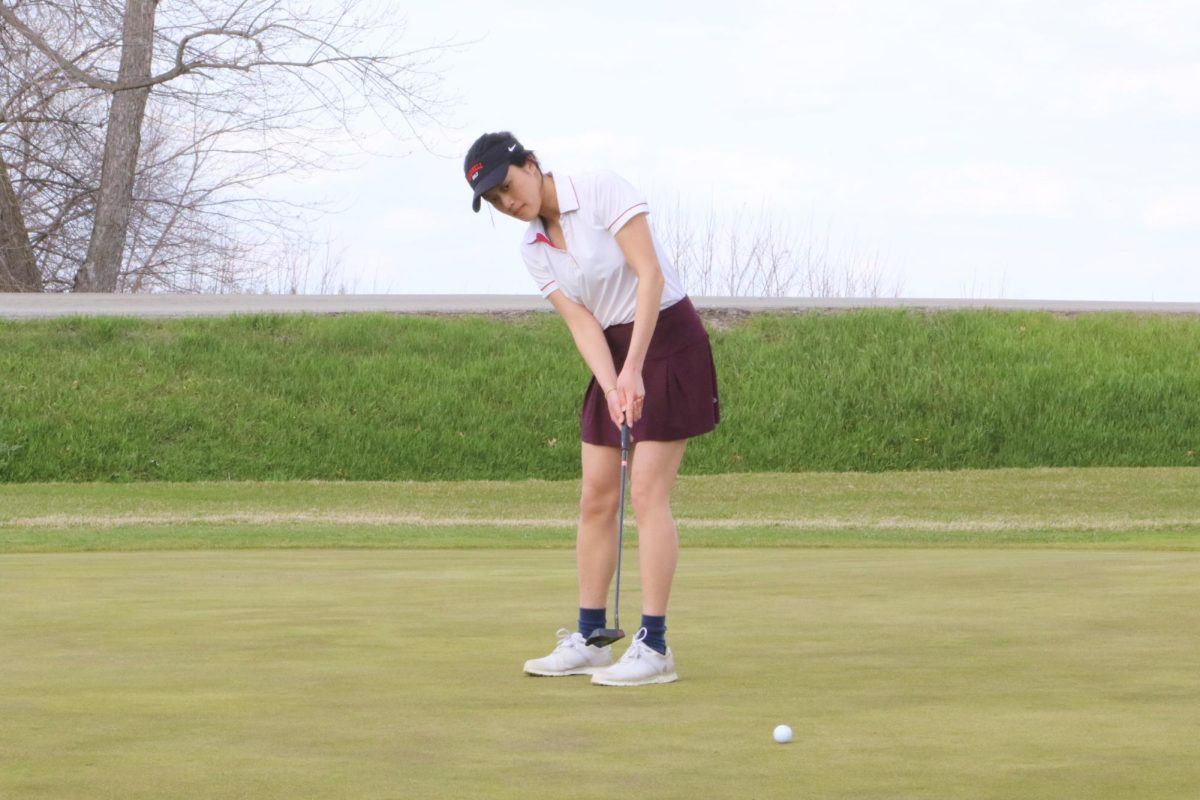
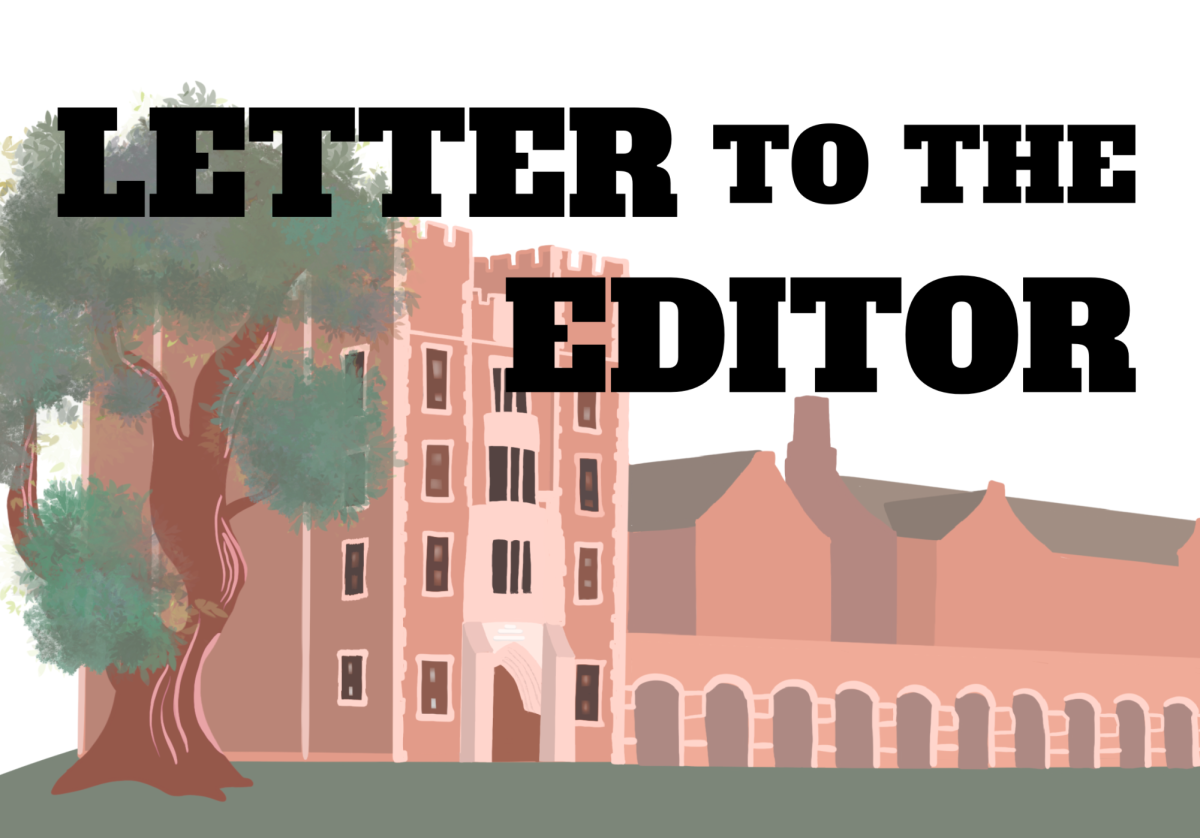
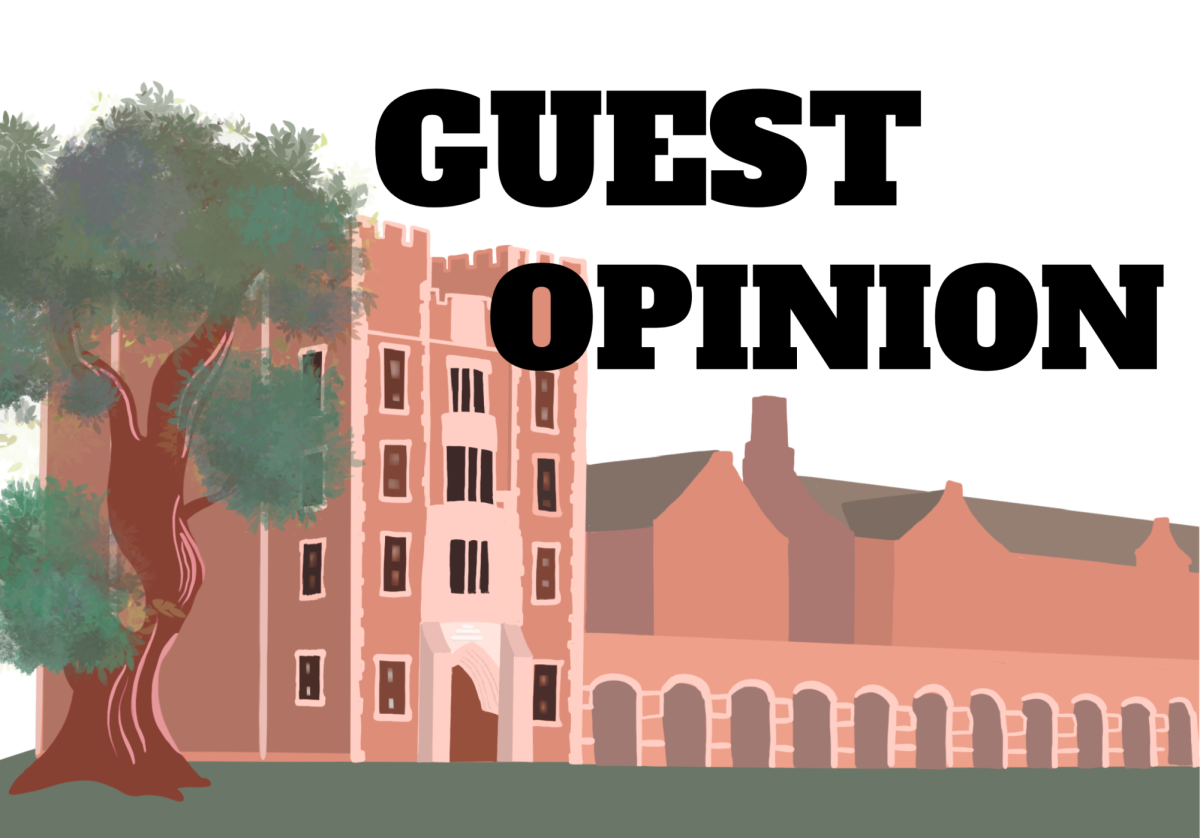
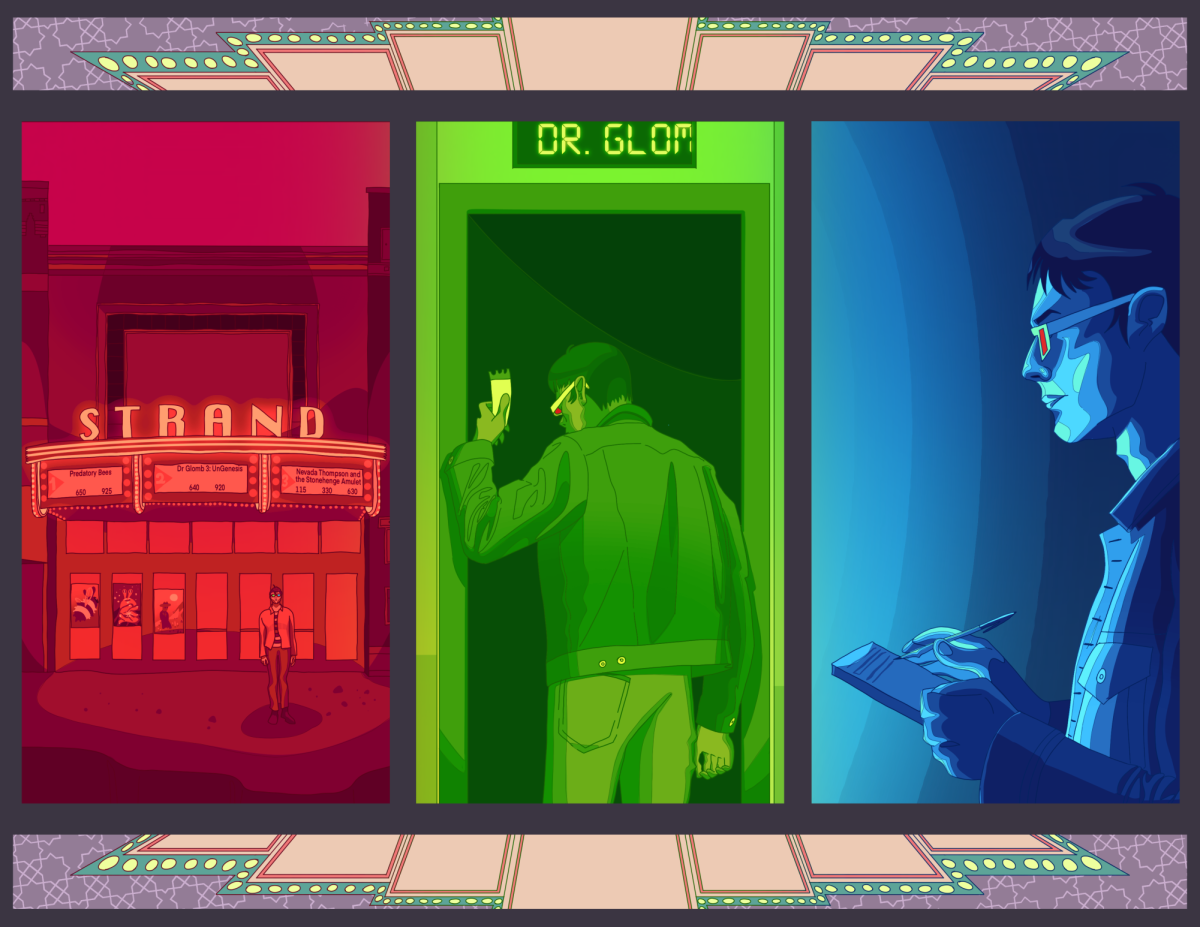
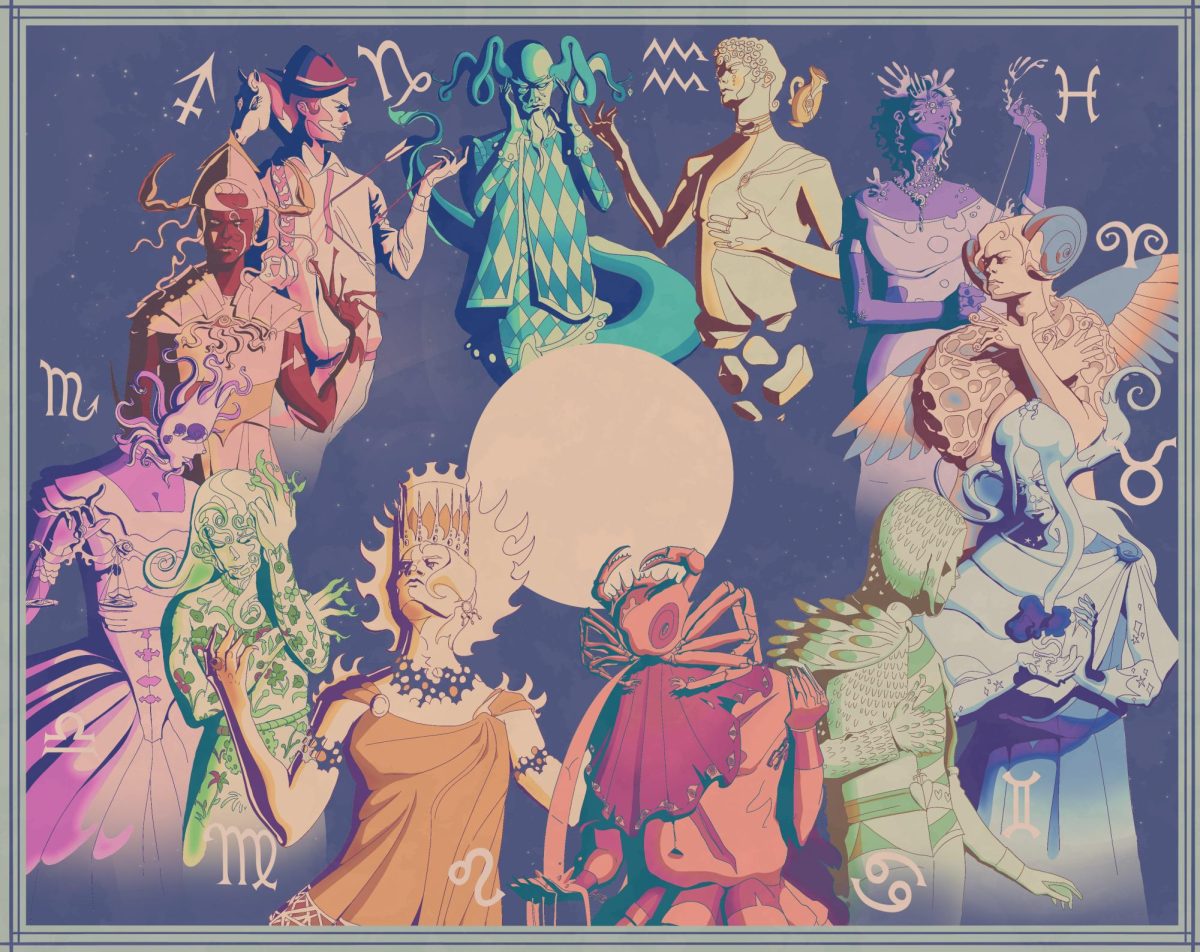
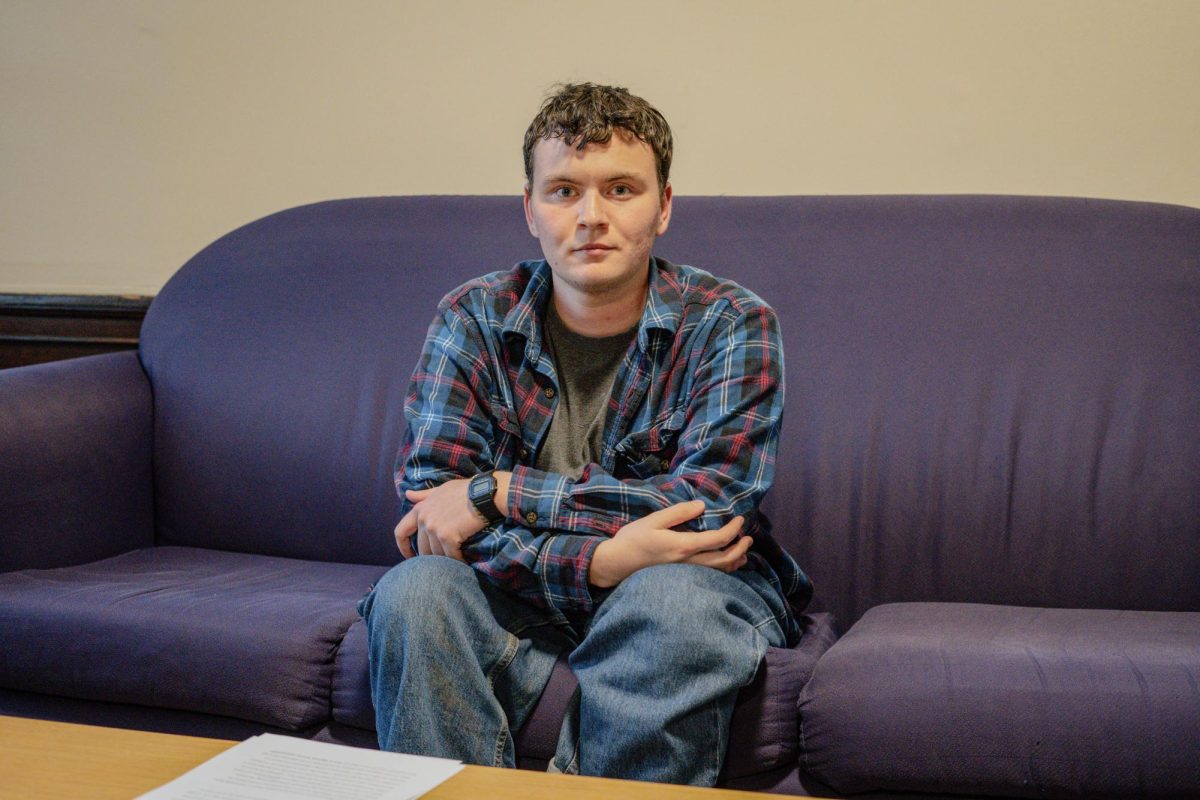
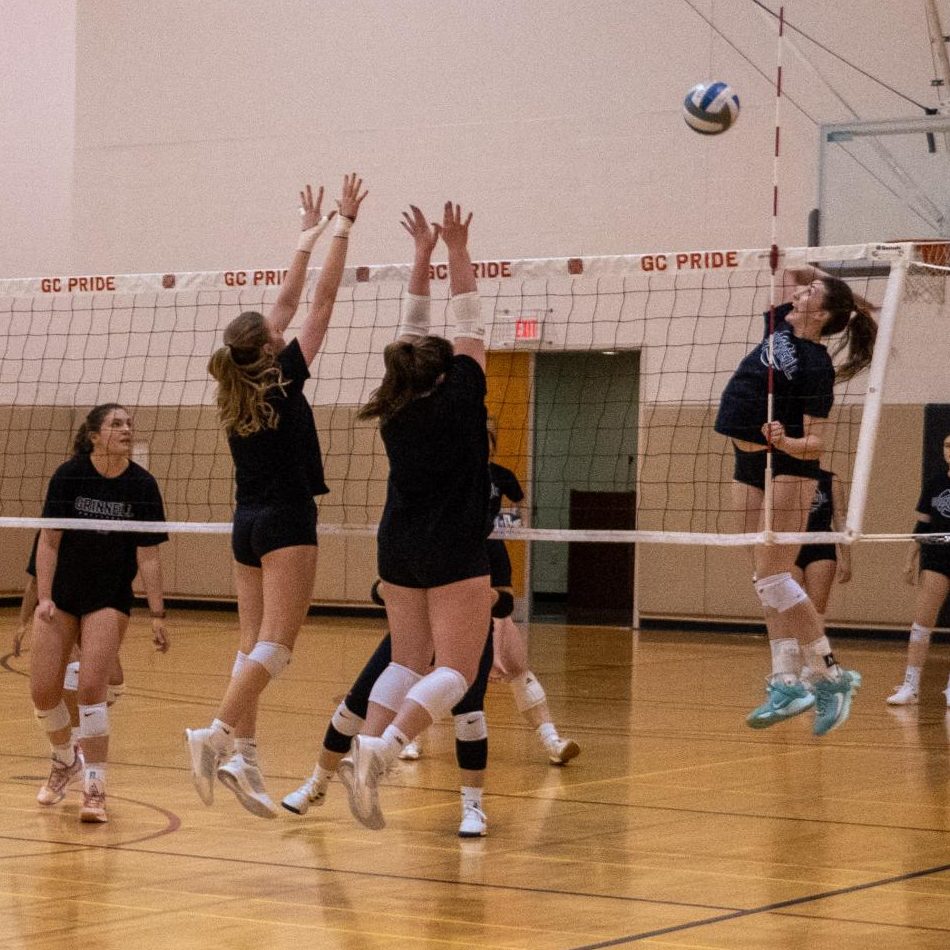
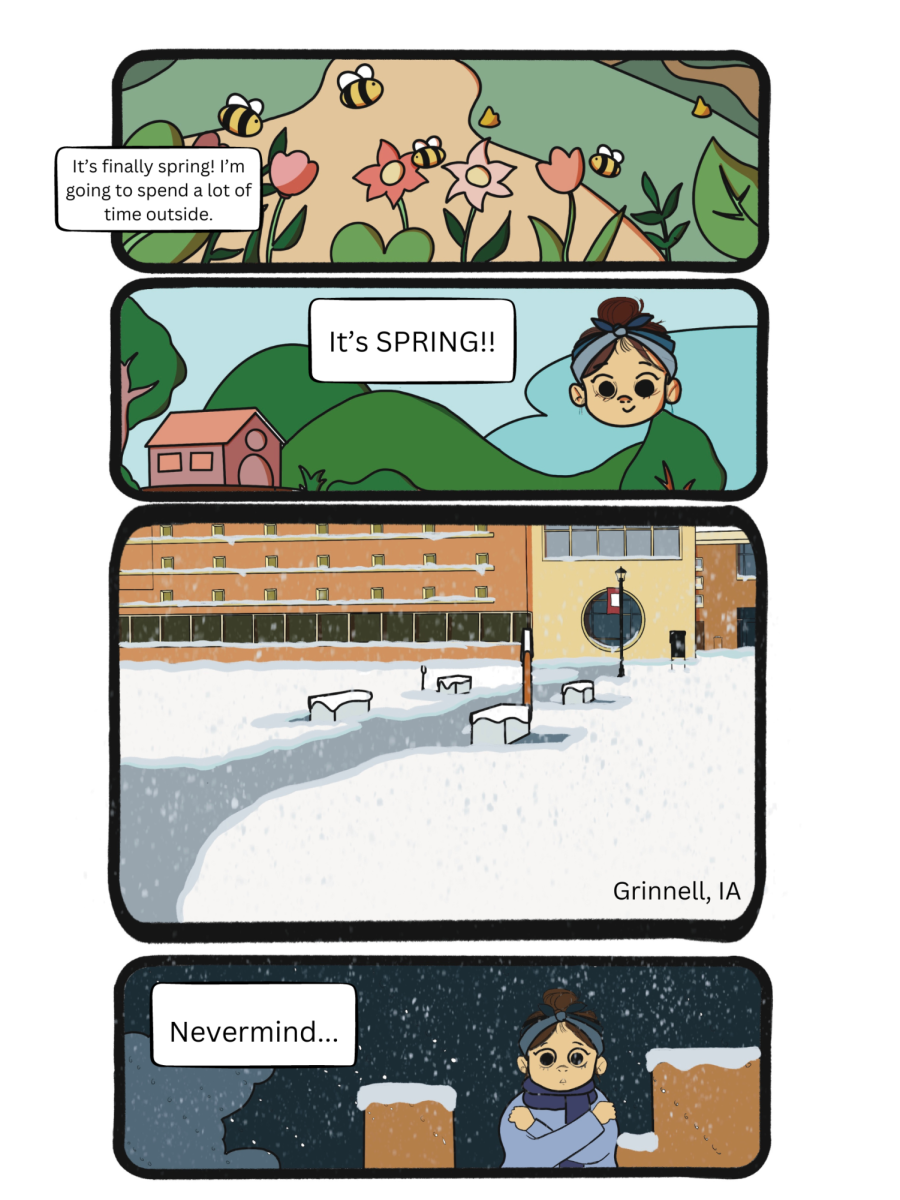
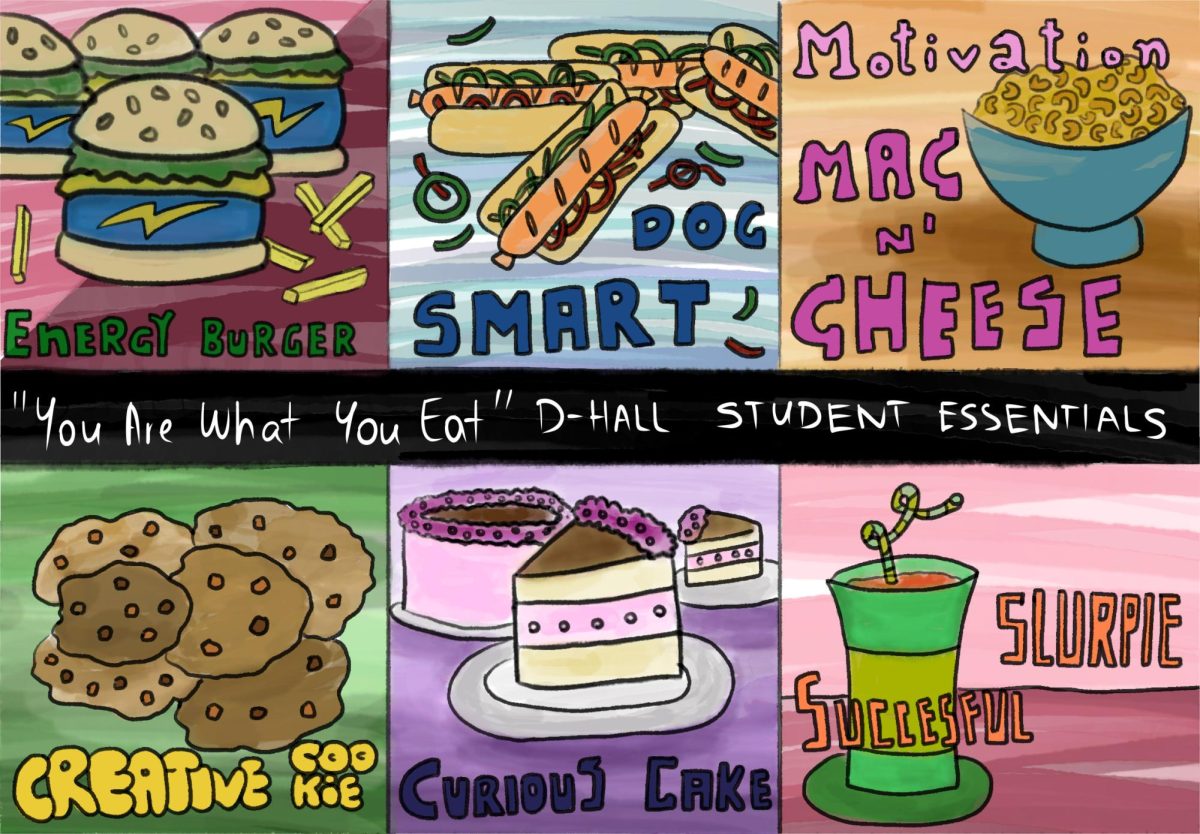
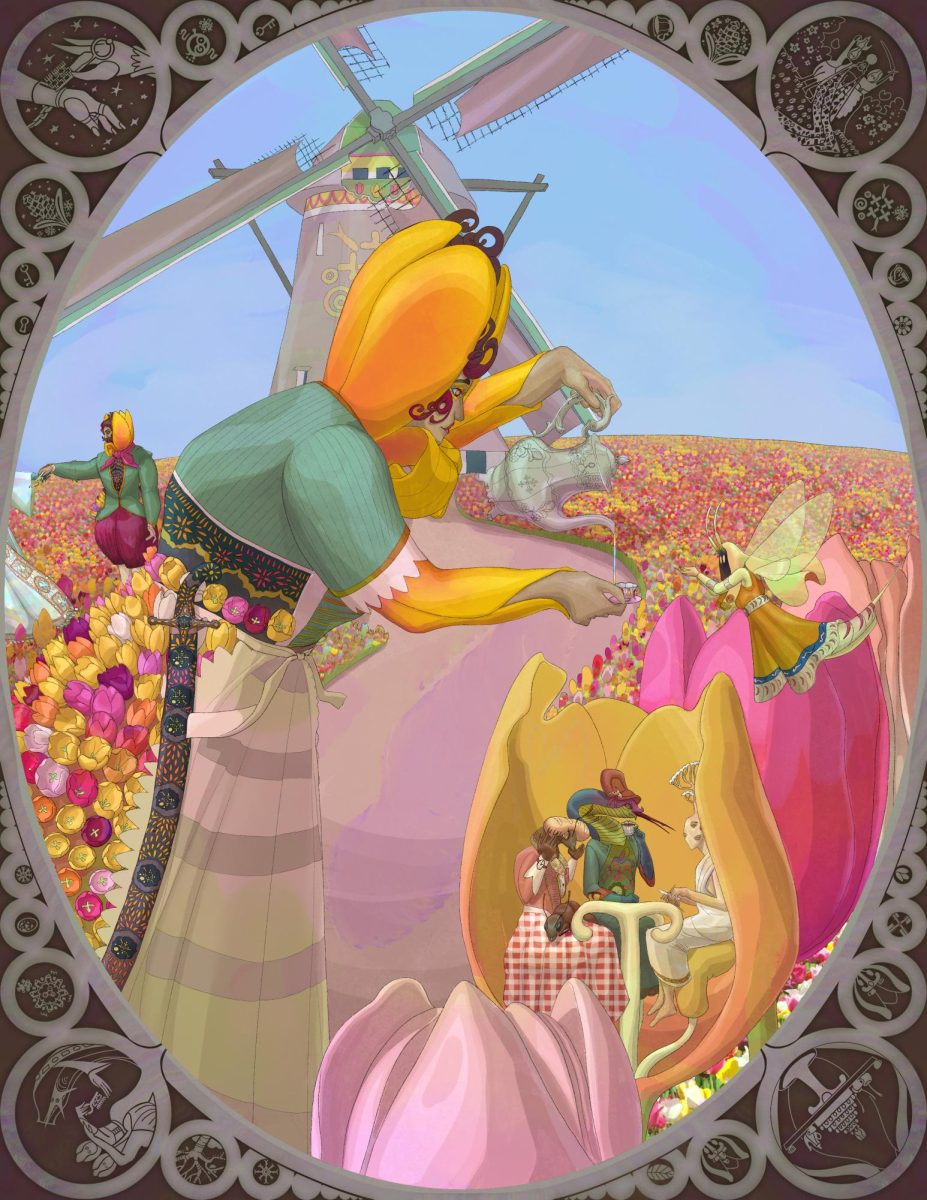
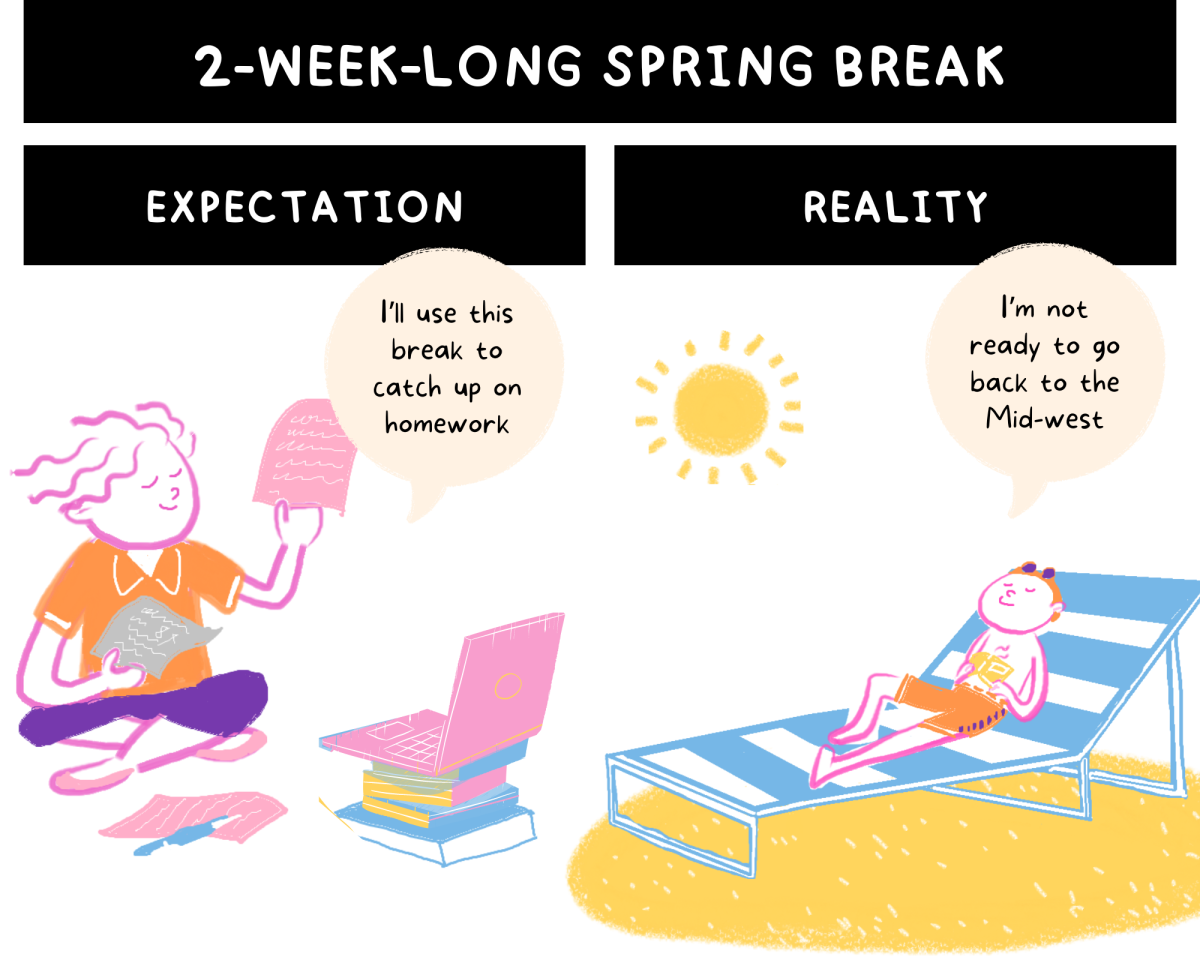
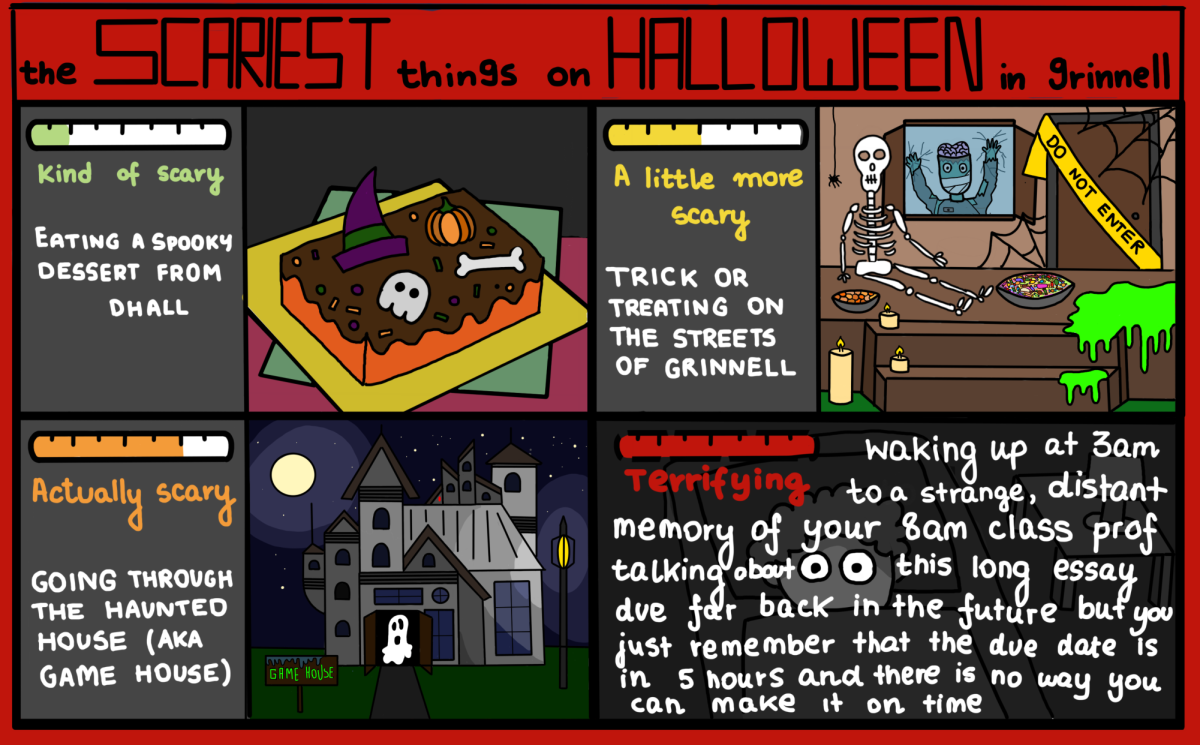
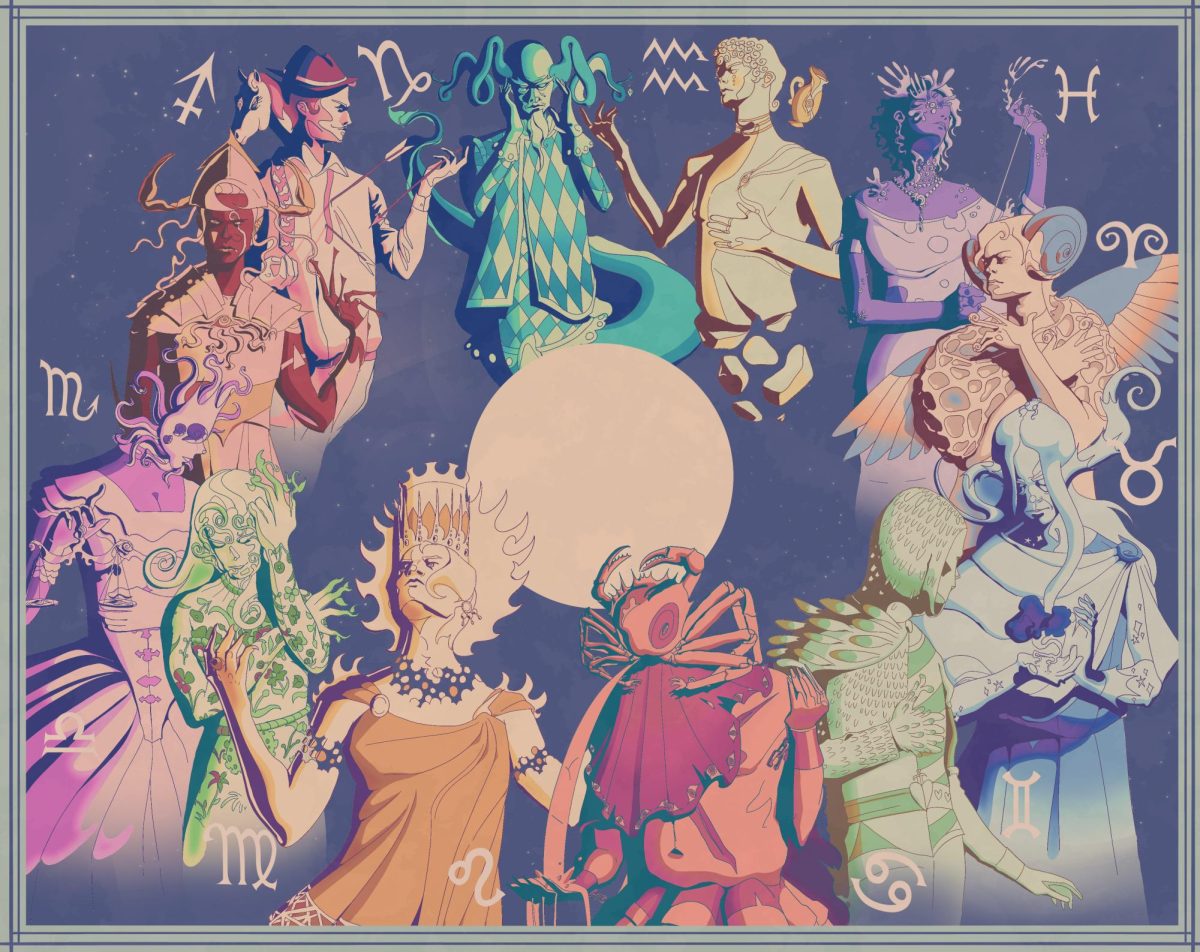
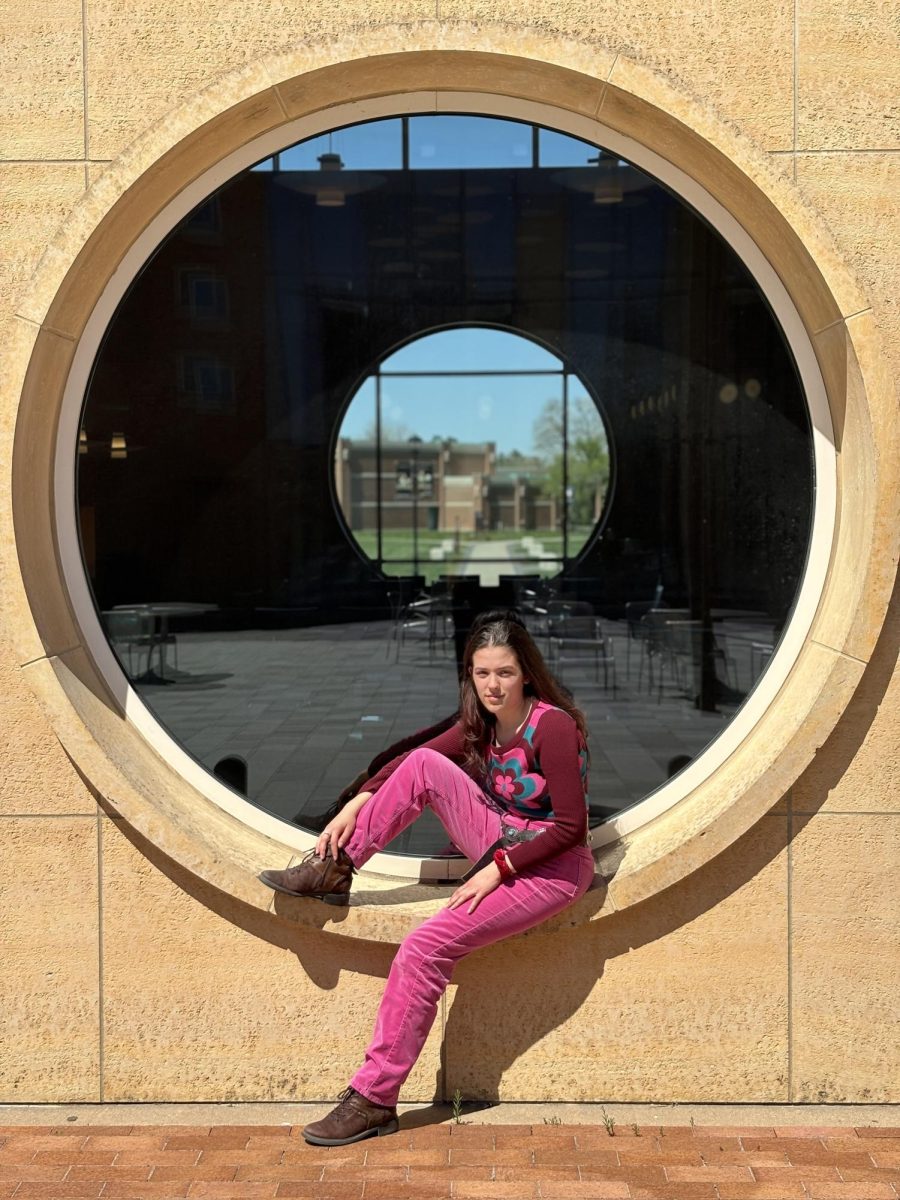
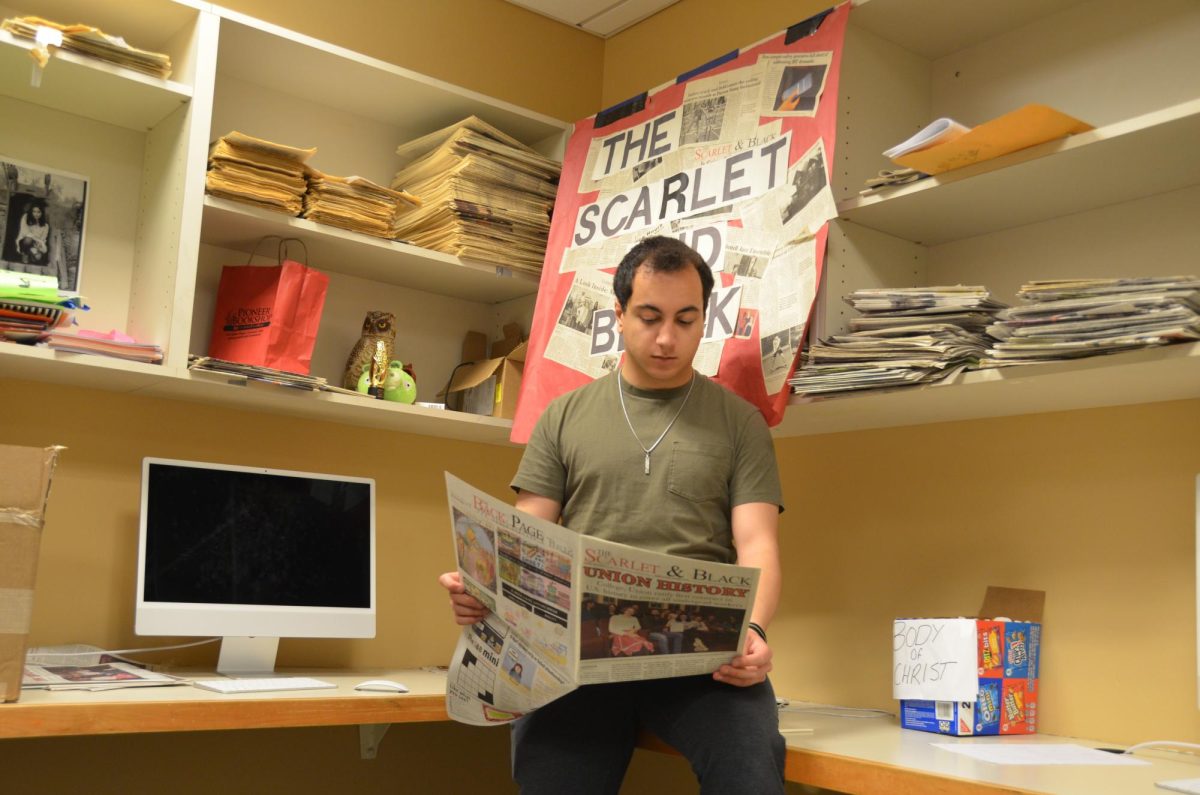
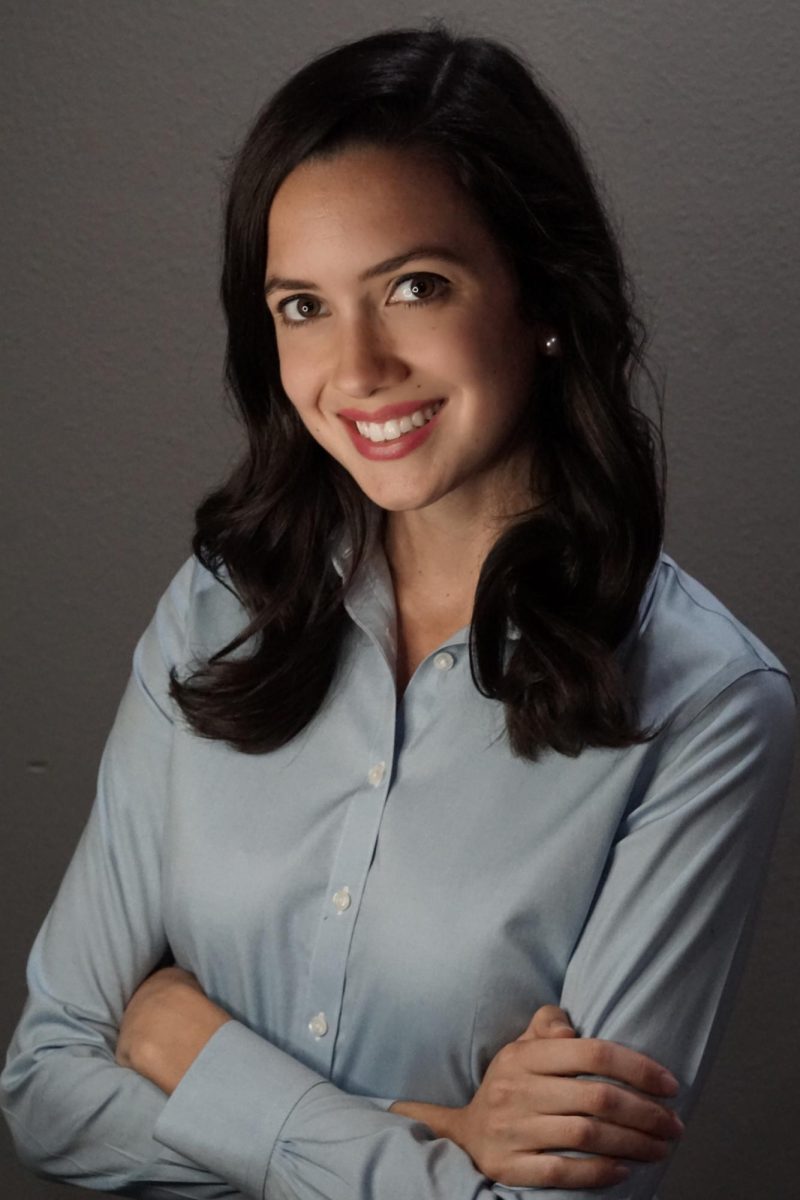
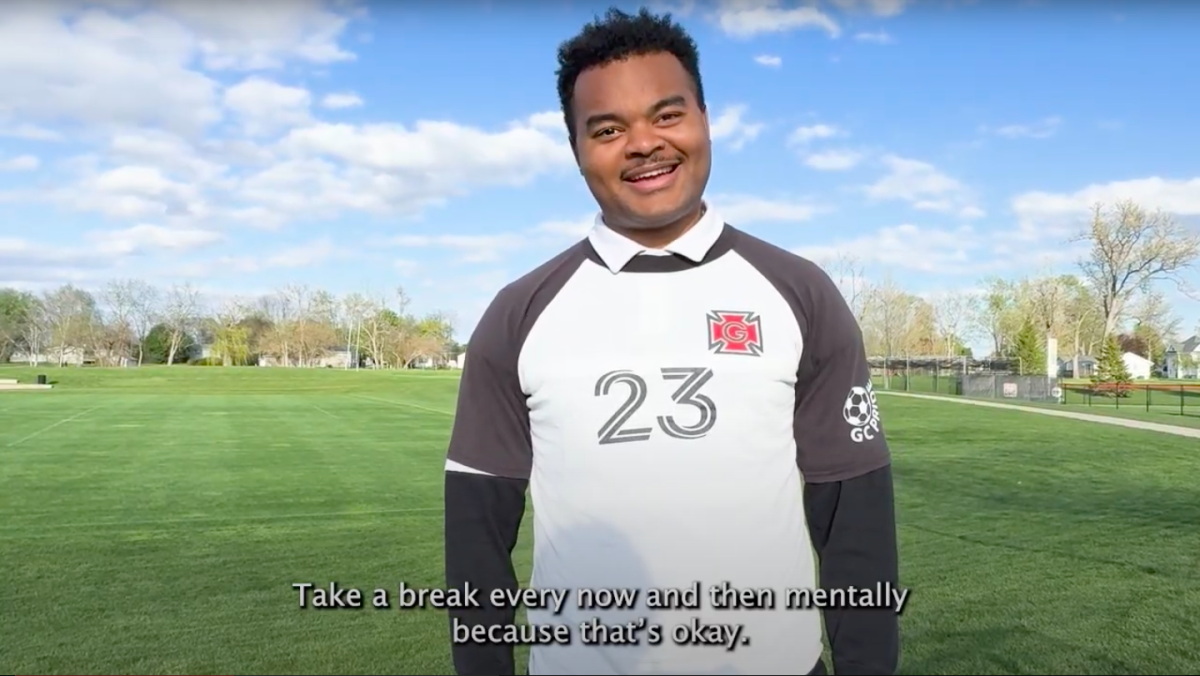
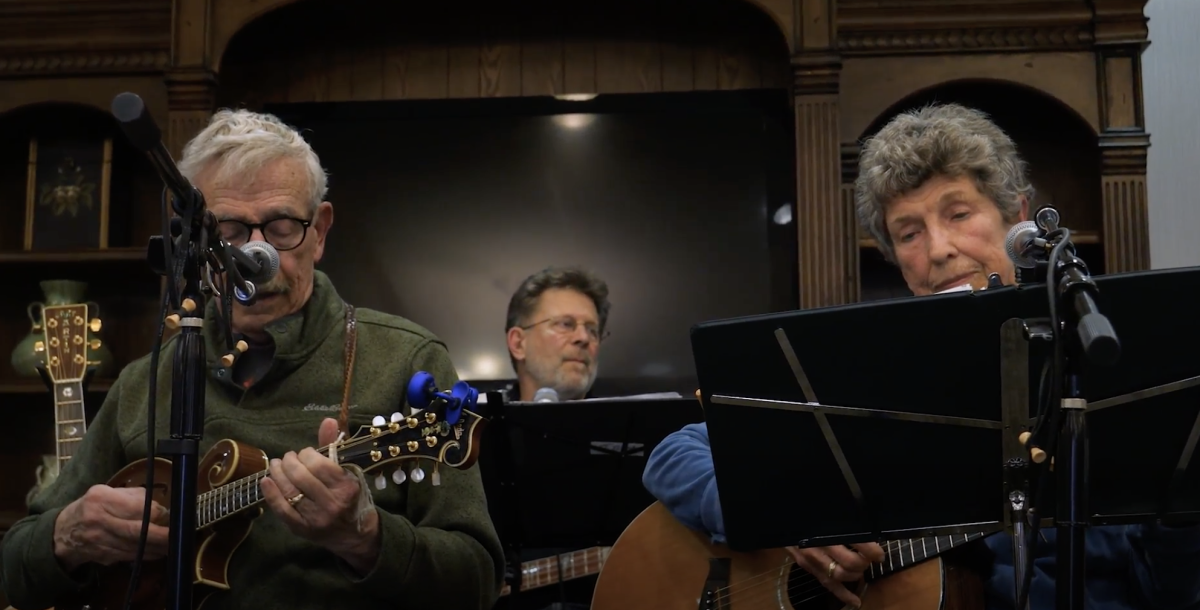
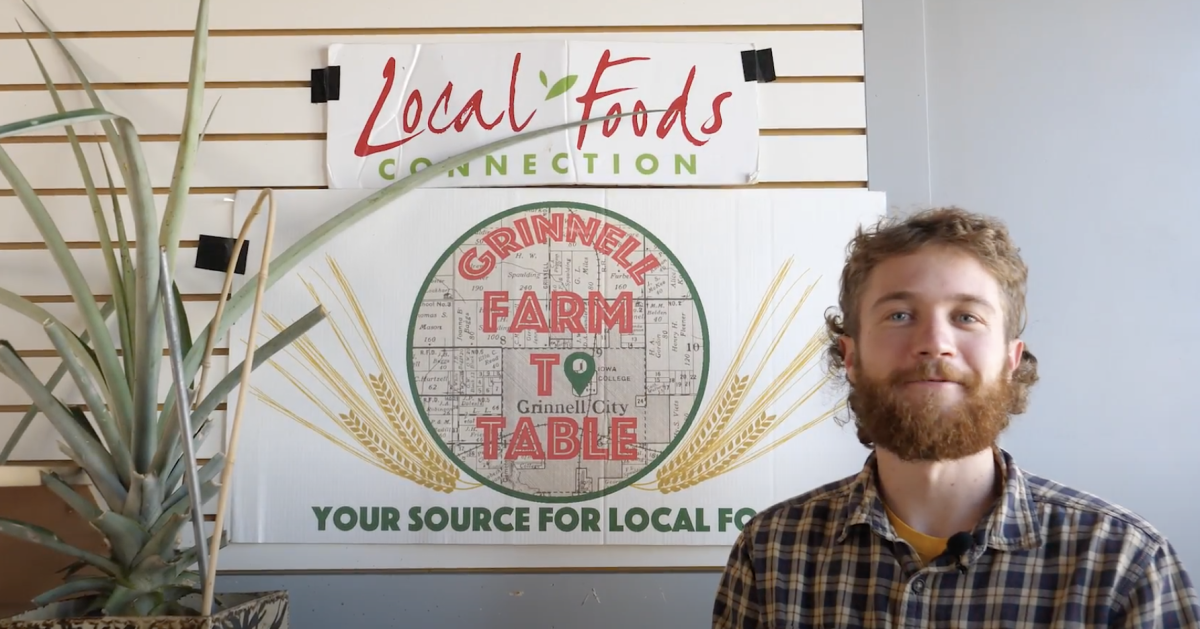













Celeste DiMuro • Feb 26, 2017 at 2:35 am
Hi Lydia,
I was curious to see what you had to say about embroydering….. why? I have vivid memories of my mom and her friend embroydering cotton bed sheets, pillow cases, bathroom towels, and tablecloths when I was a child growing up in Southern Italy. My Mom would make cool designs on the dresses she sewed for me as a child. I tried learning a little bit, it was not easy. There was a beehive stitch that I particularly liked on the upperchest of a dress she must have made for me. There were names for stitches, punto a giorno, was an easy one. I always liked the puffy grain stitches whether white on white, or in colorful threads as in your wildflower design. Yeah, it takes a long time to stitch a detailed design. There were stories about nuns, and young ladies who went to convents to learn how to do embroydery. I was born in 1960, on or before my time, there was a tradition of a young lady preparing all her prized linens: bed spreads, camisoles, linen tablecloths and napkins, on and on, for her dowery. My Mom was multitalented. She knew how to knit beautifully, and she knew how to do embroydery. She was an amazing seamstress, who cut and sewed outfits for herself, for me, for my brother, for my sons when they were babies. I learned how to crochet. When I was young I liked to make doylies… intricate ones. I always loved learning new designs. Yeah, one needs to dedicate a lot of time to these crafts. My mom, my grandma would make time somehow…. but that is not possible anymore… work demands too much of our free time.
Just wanted to share, it was fun watching your video and learning about your passion for embroydery. Keep it up! Your sketches and drawings are amazing. I am the Mom of two young men. One is a college freshman, the other a high school senior. Power to your passion.